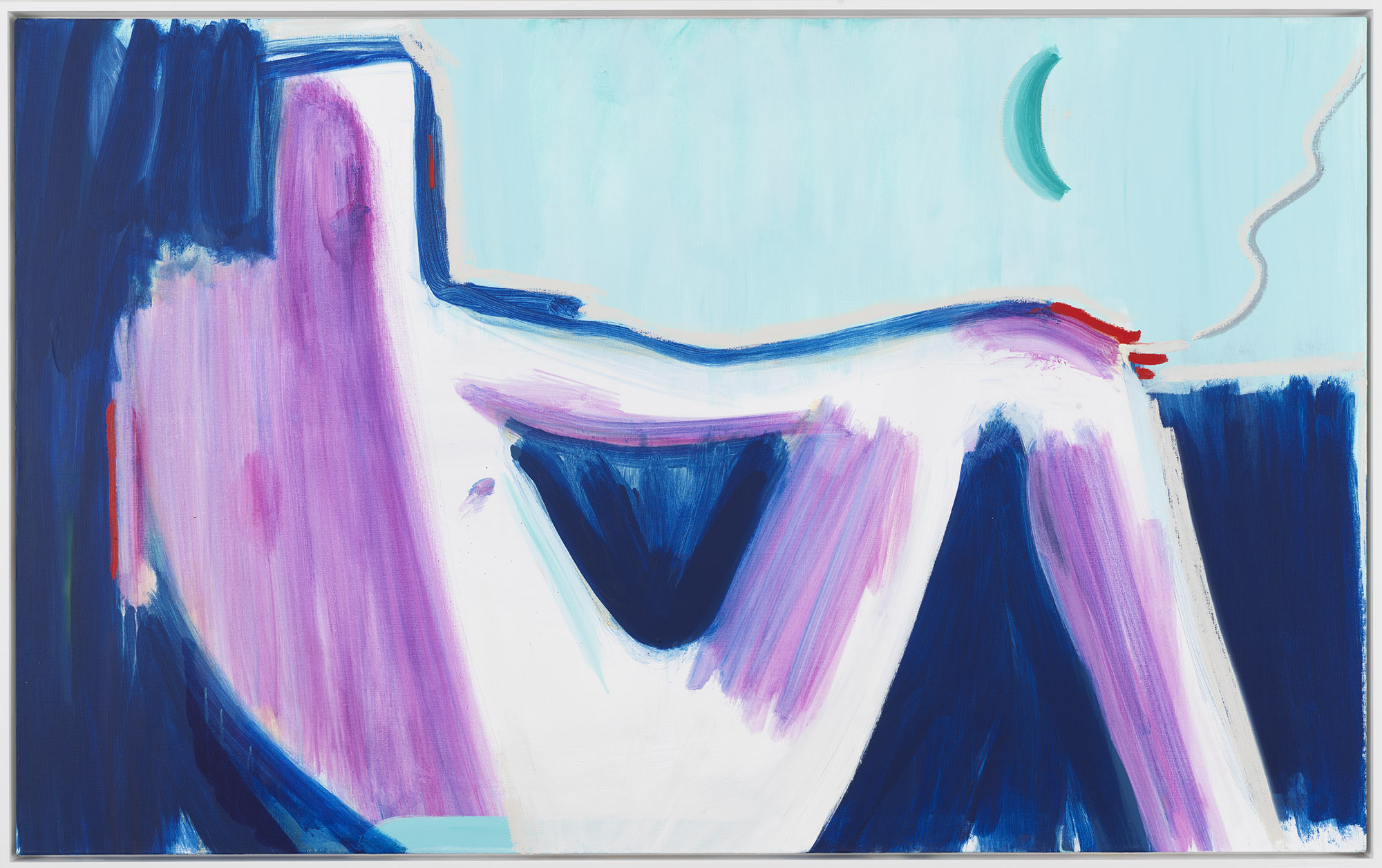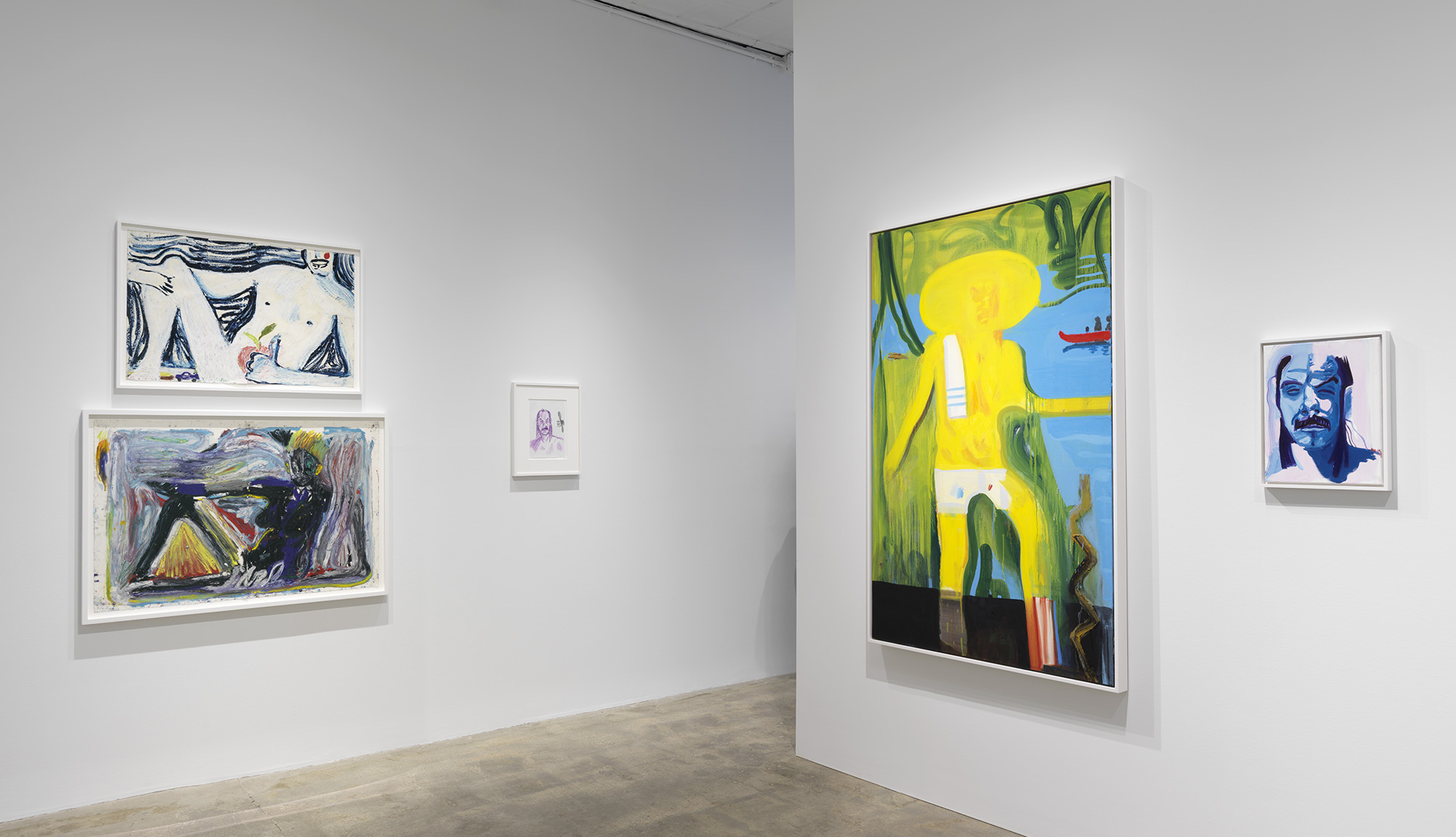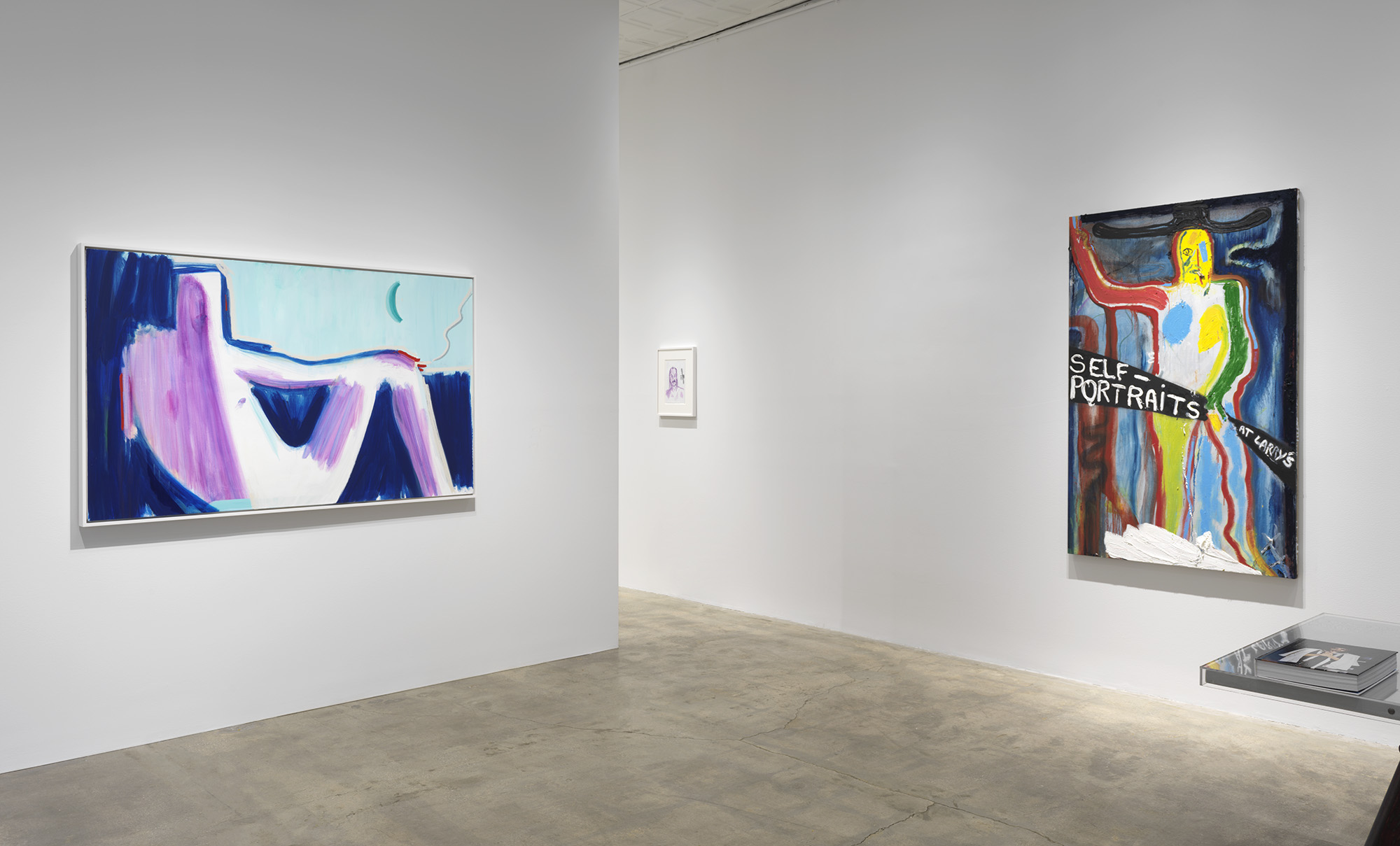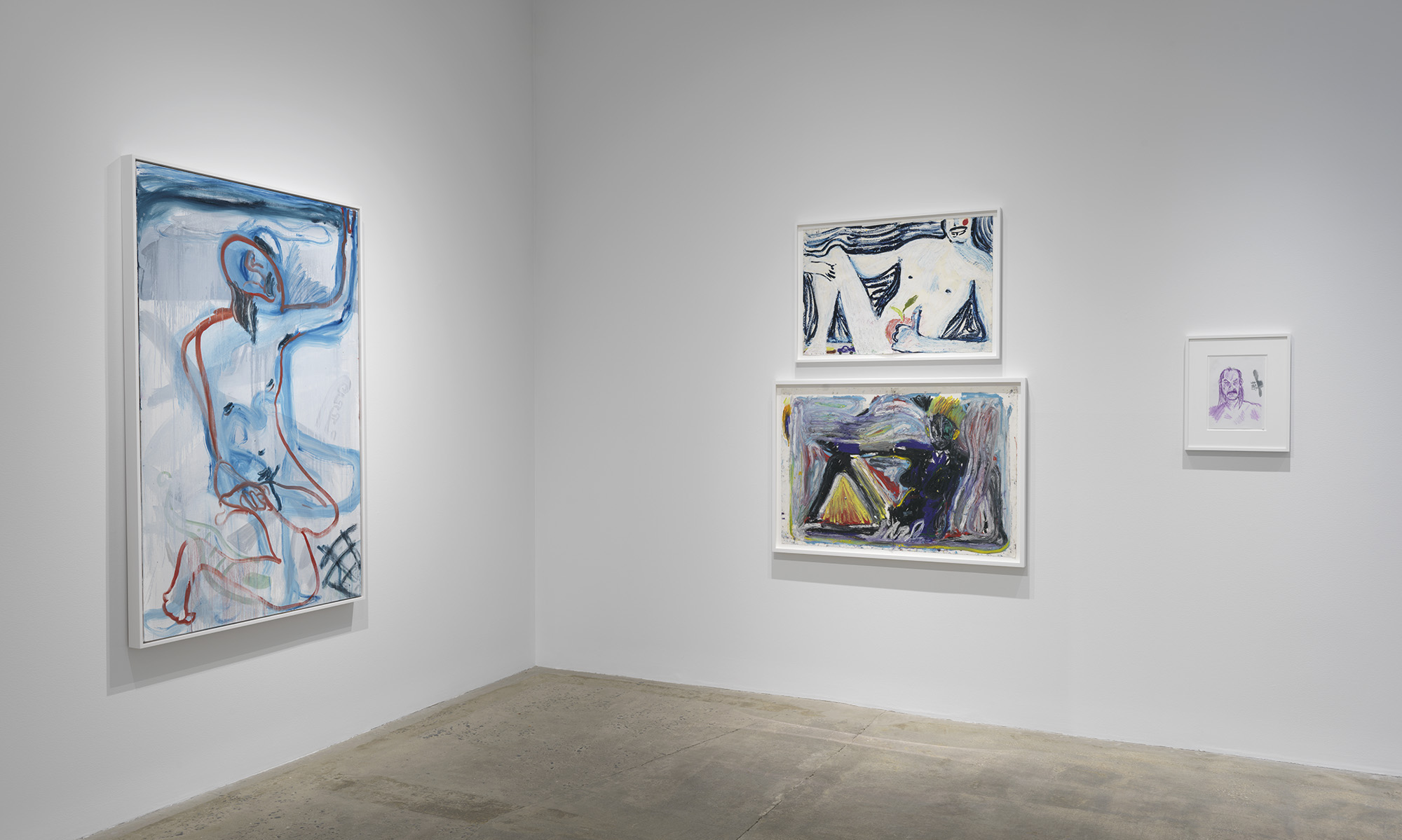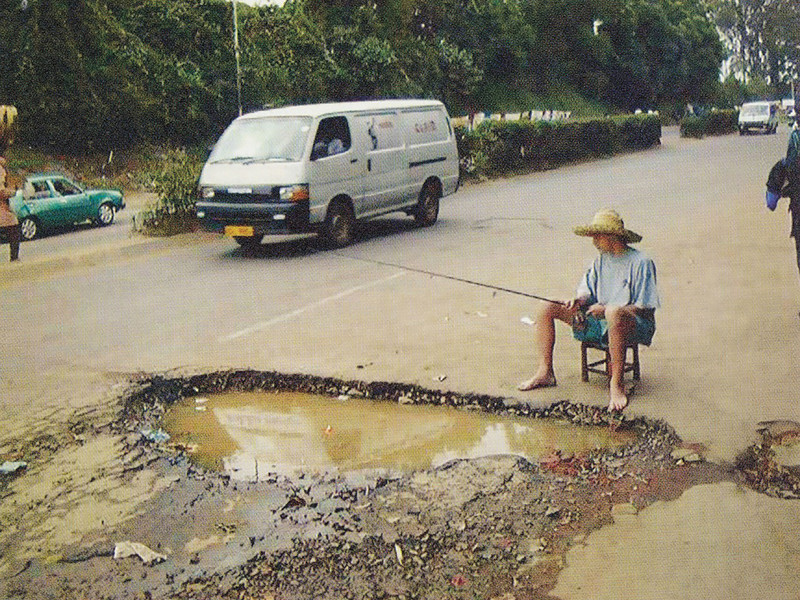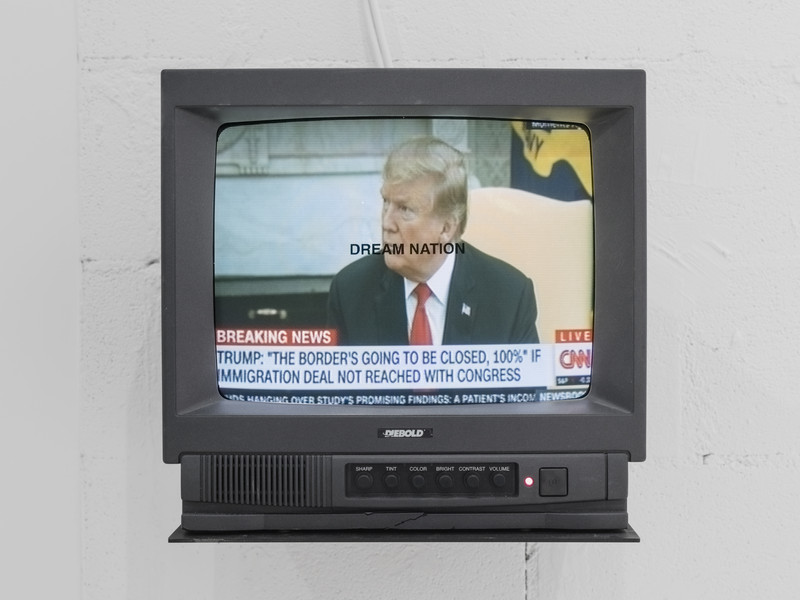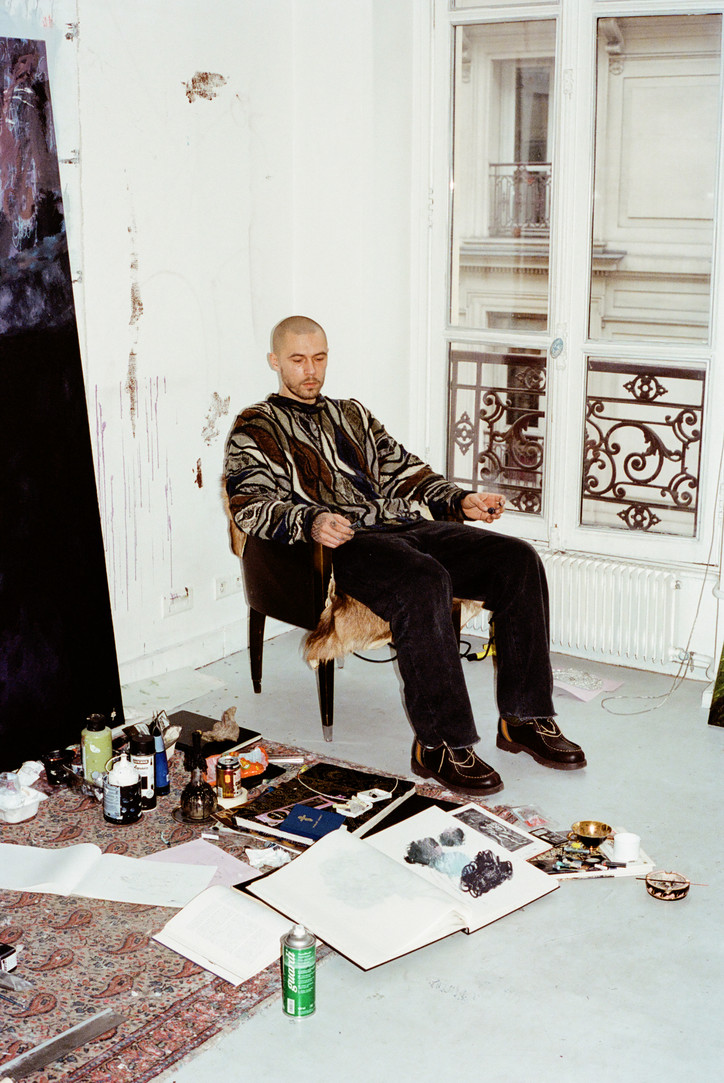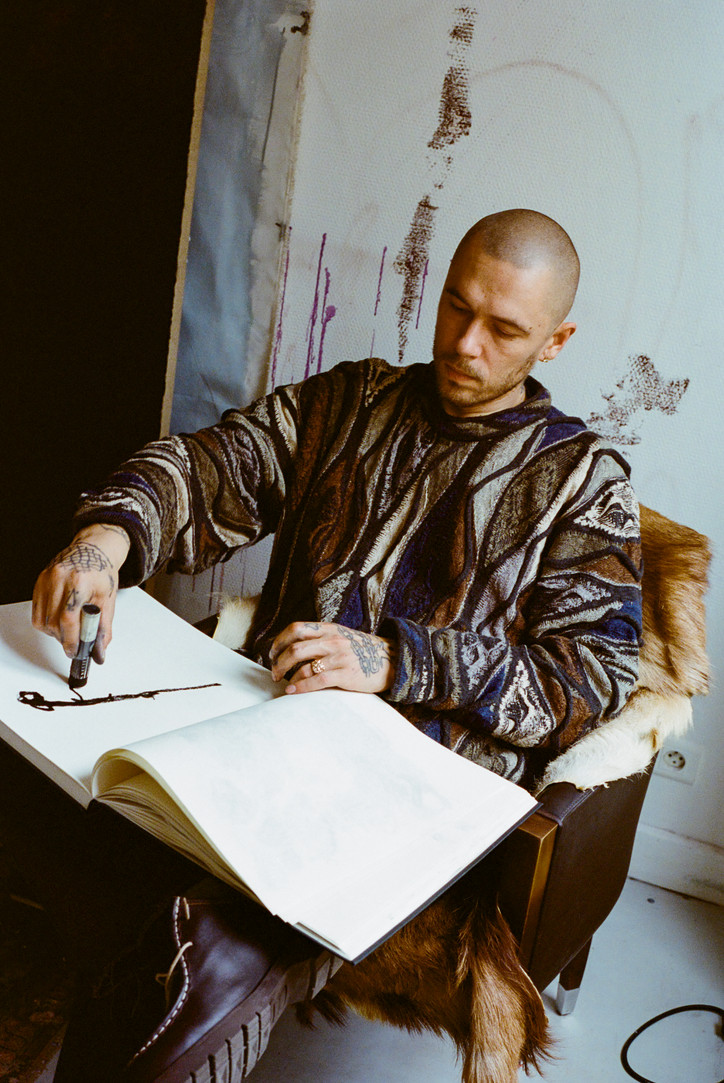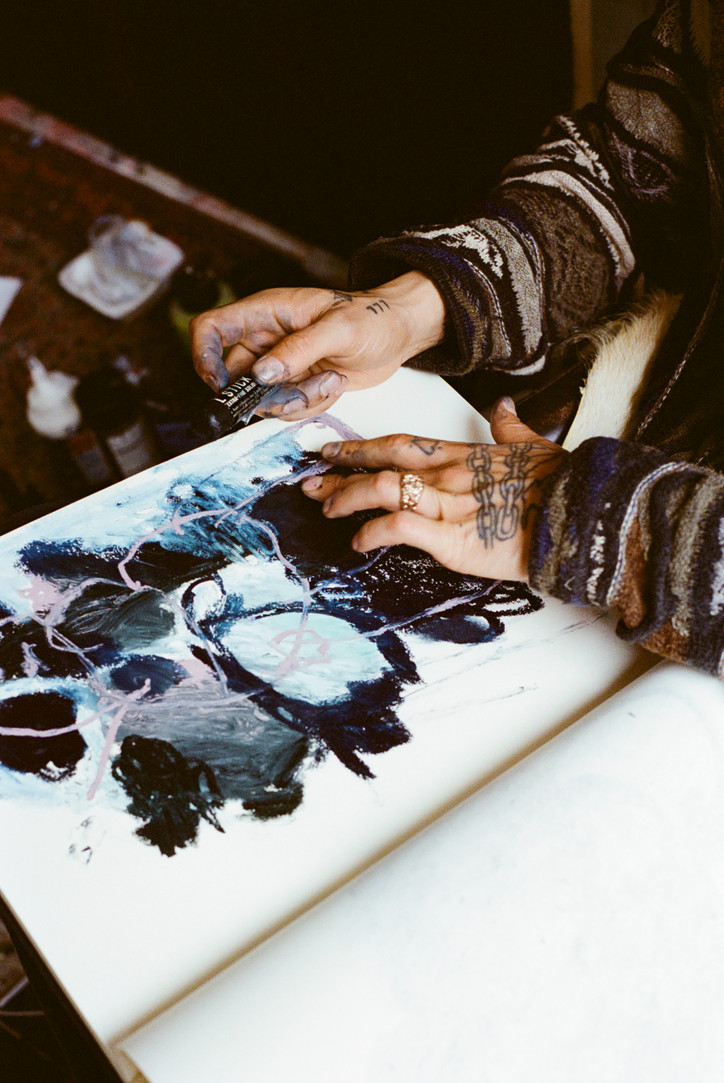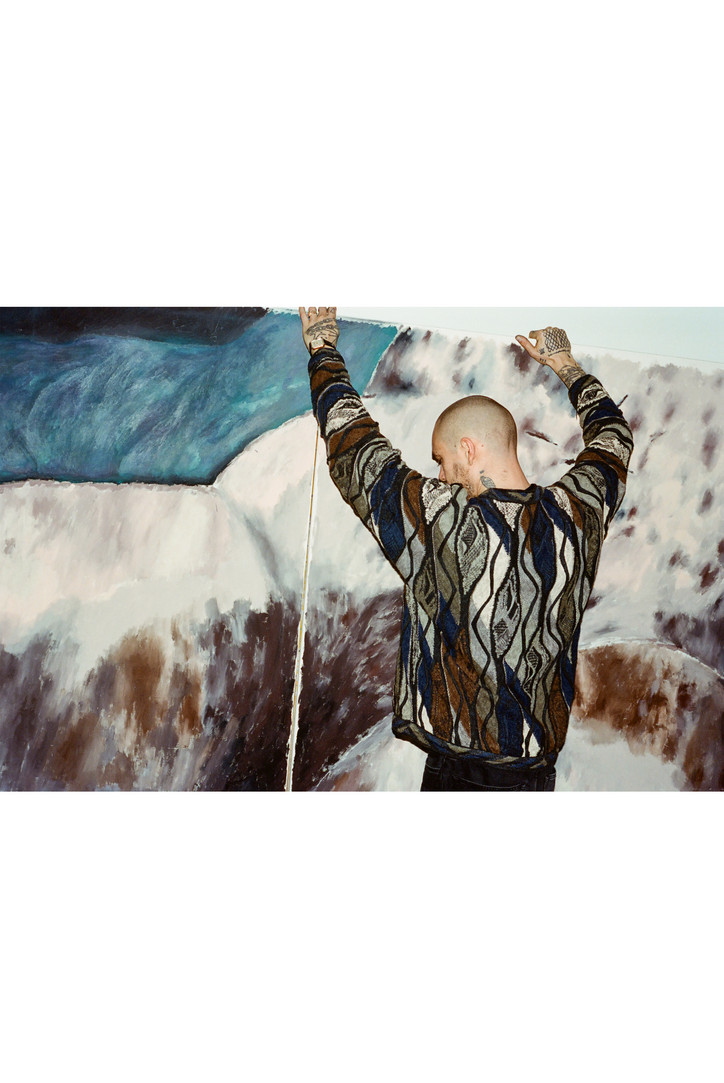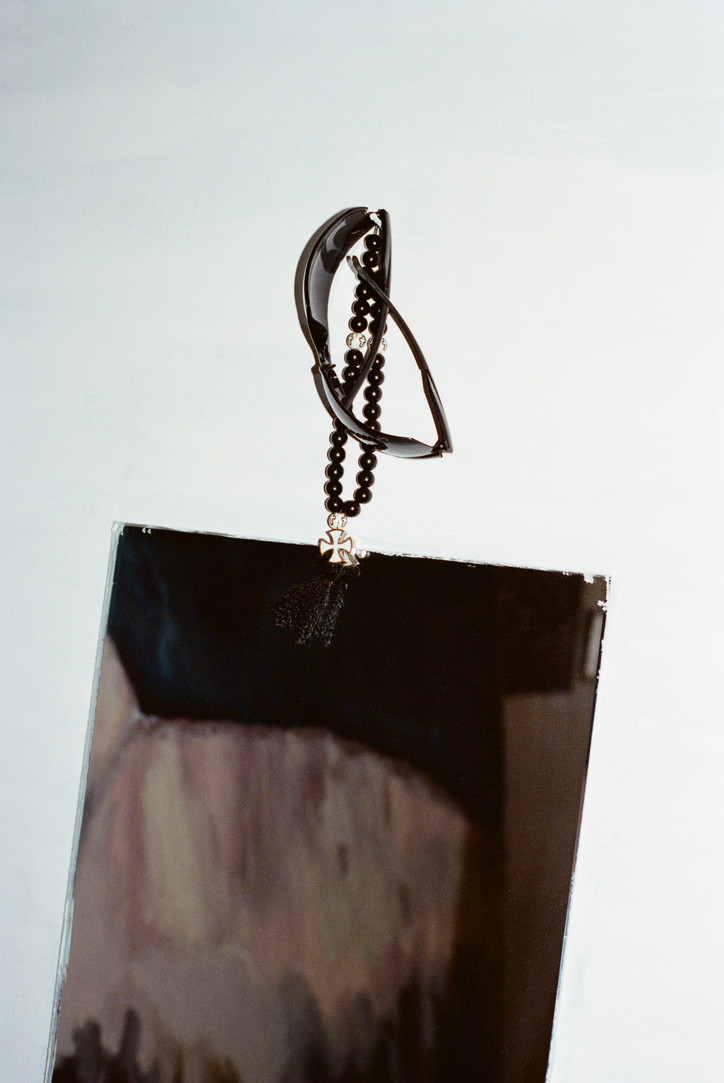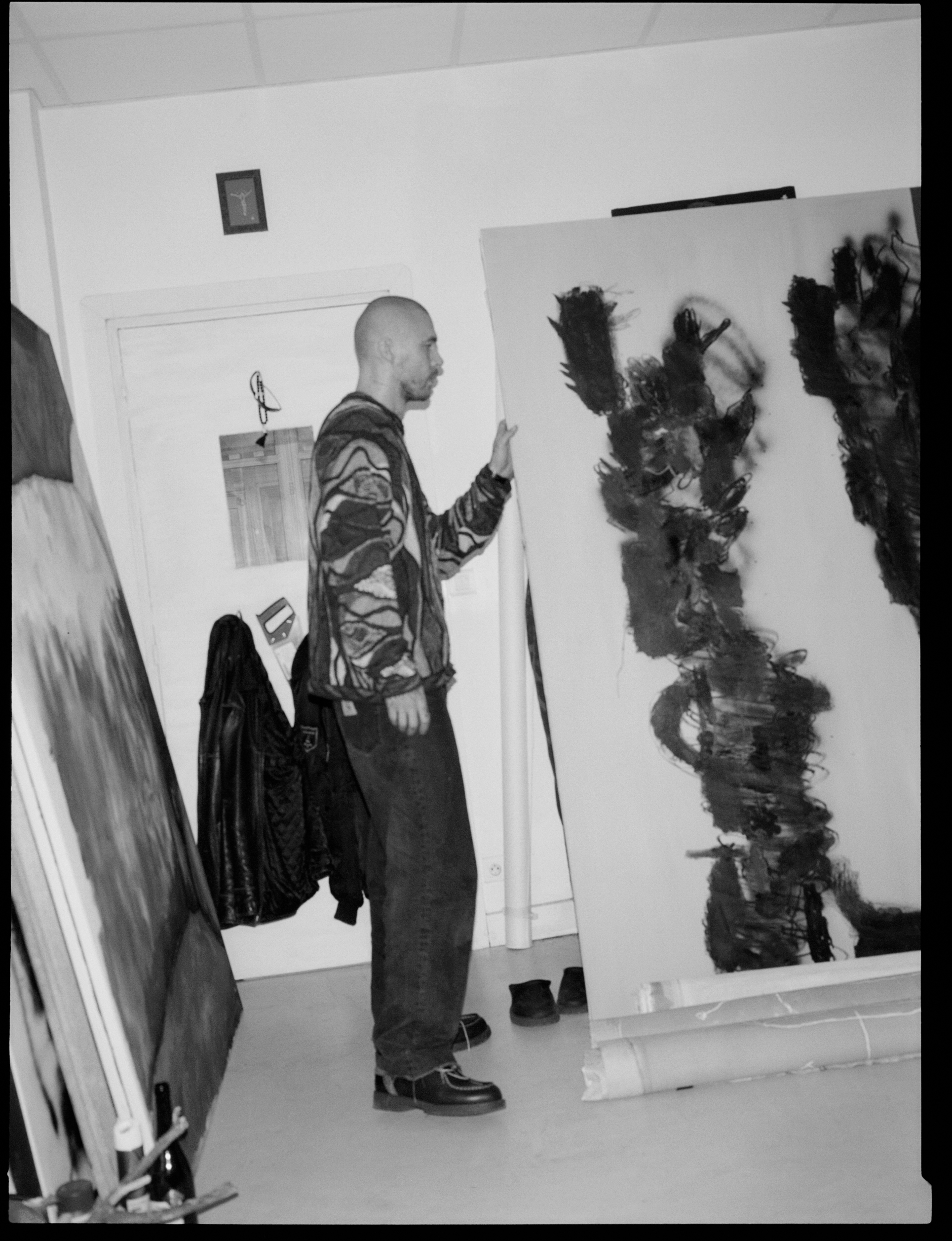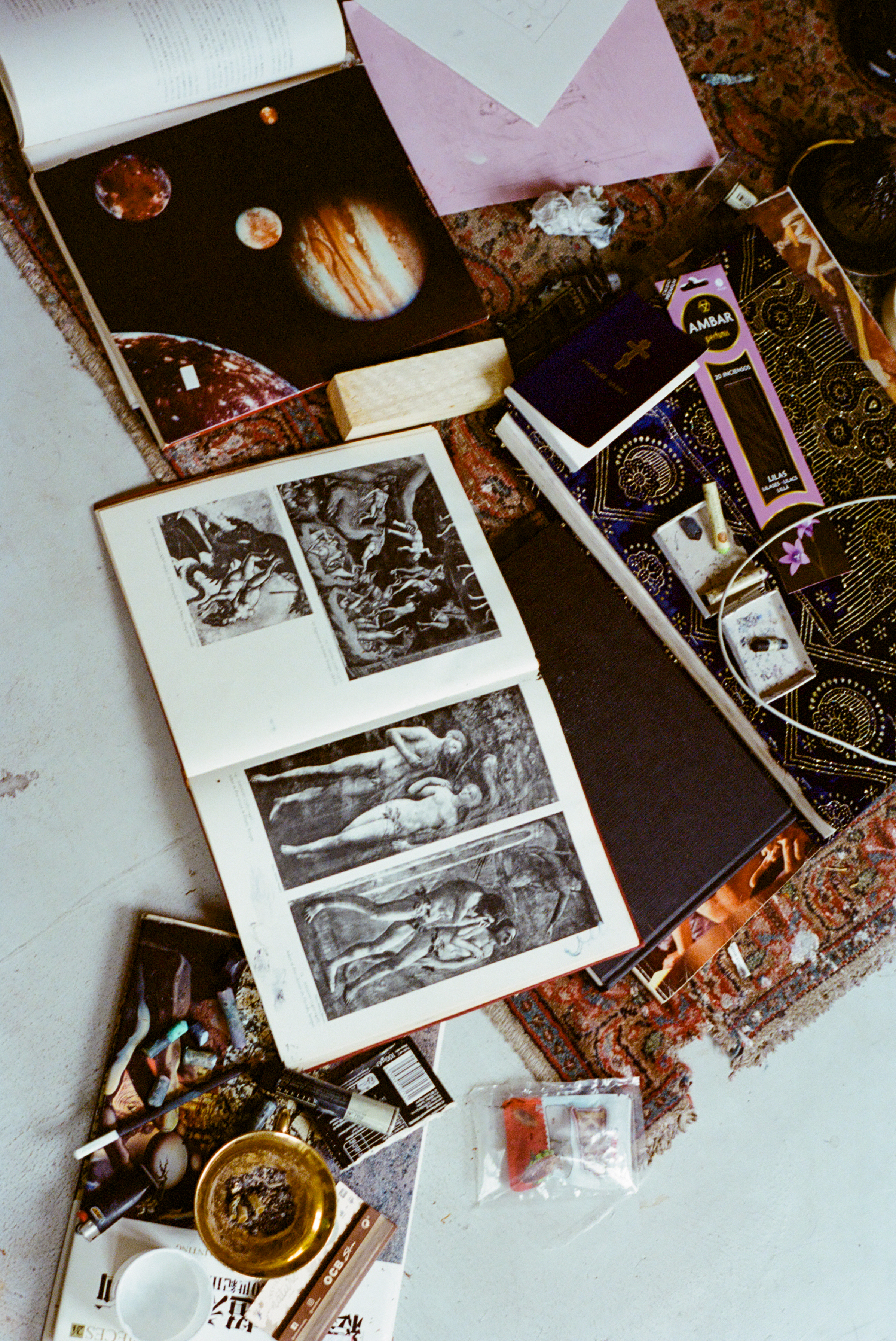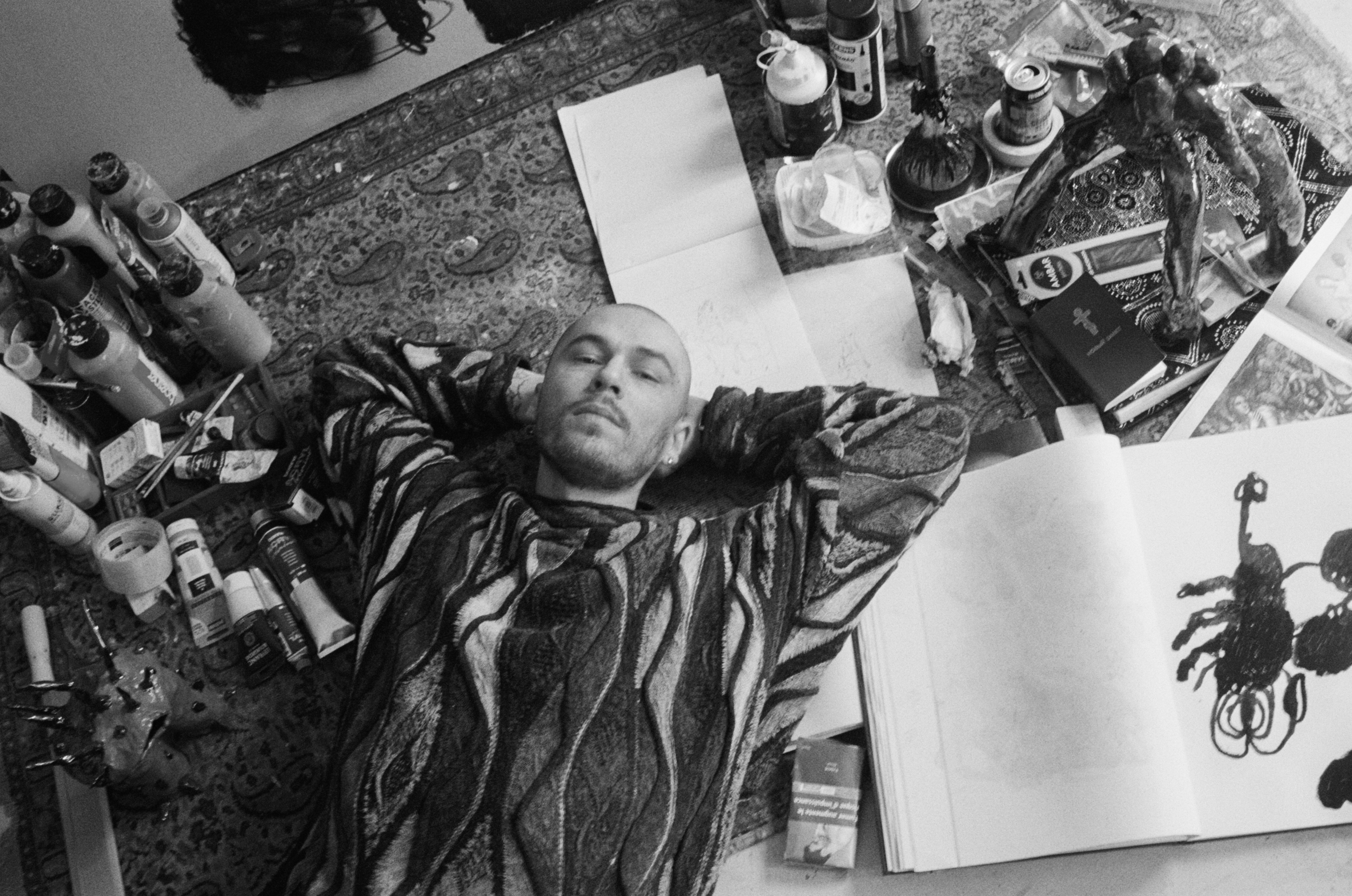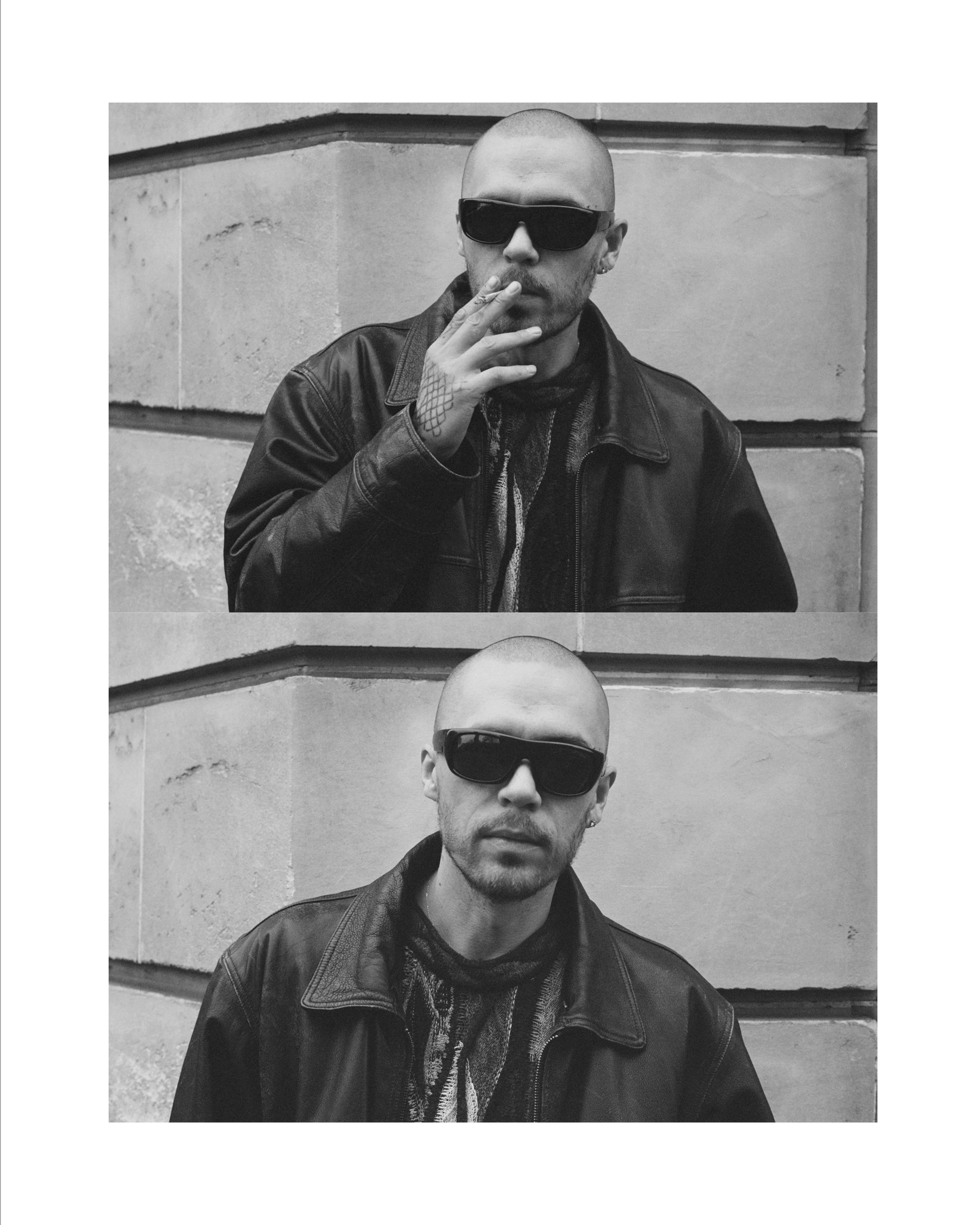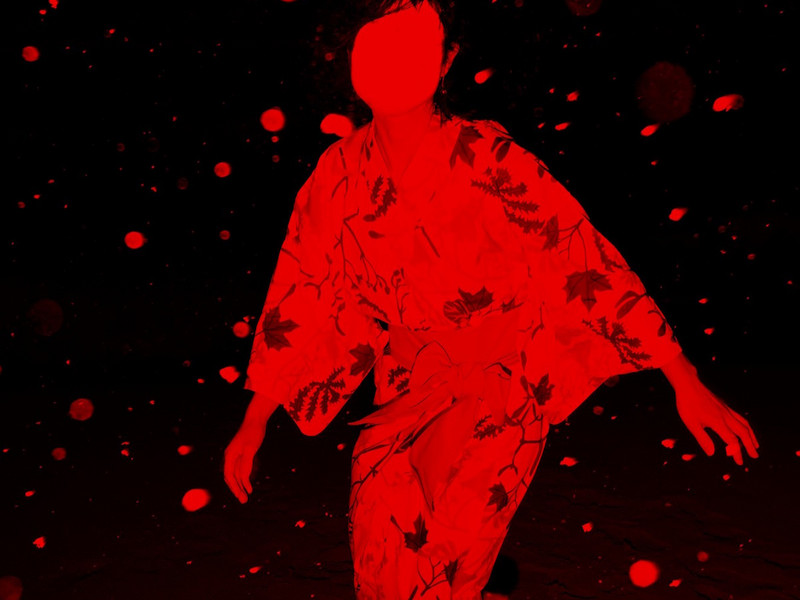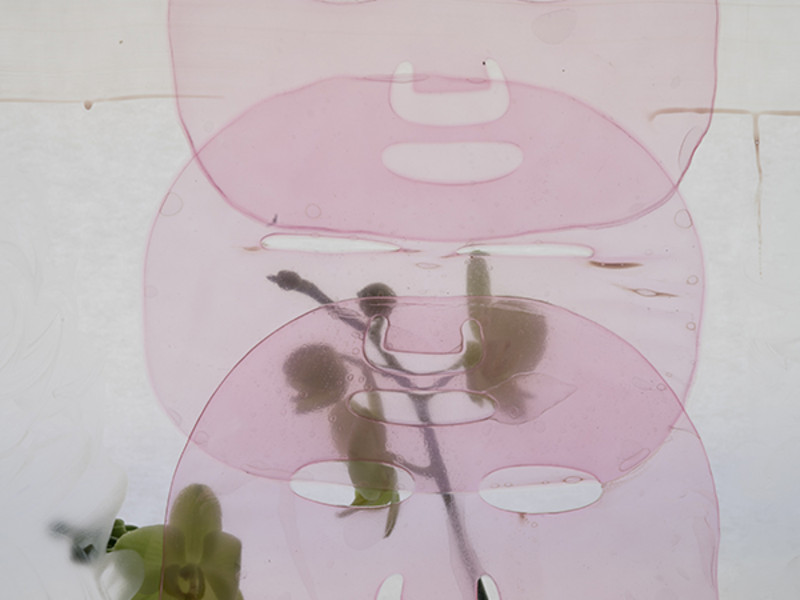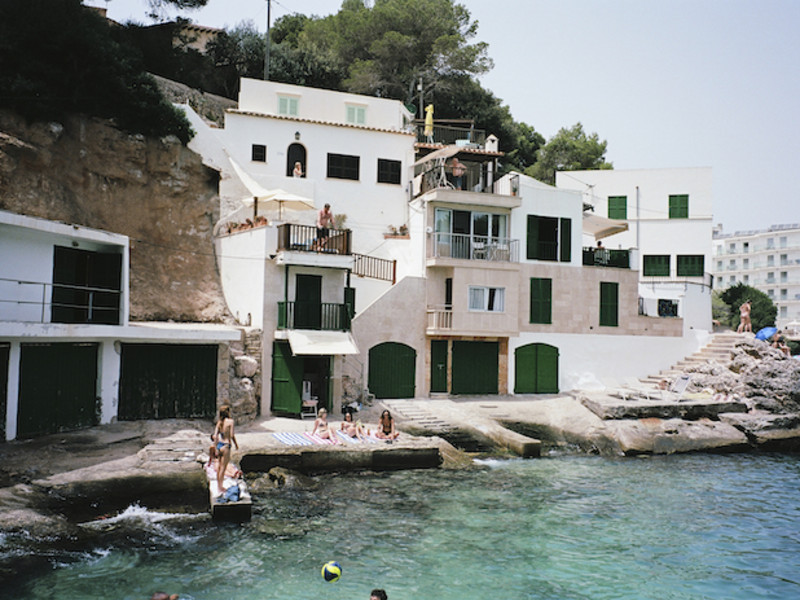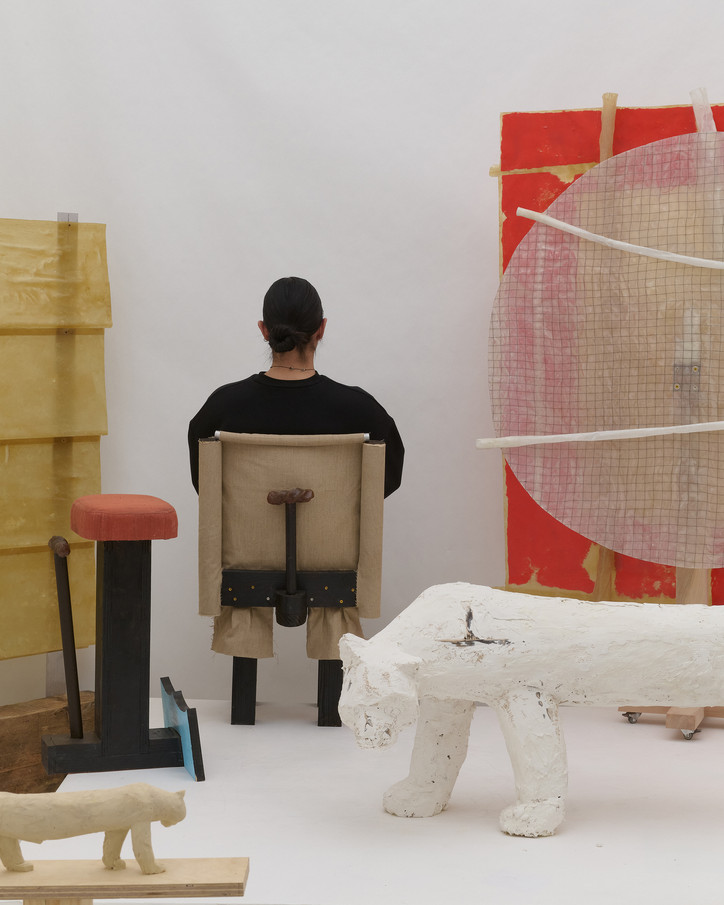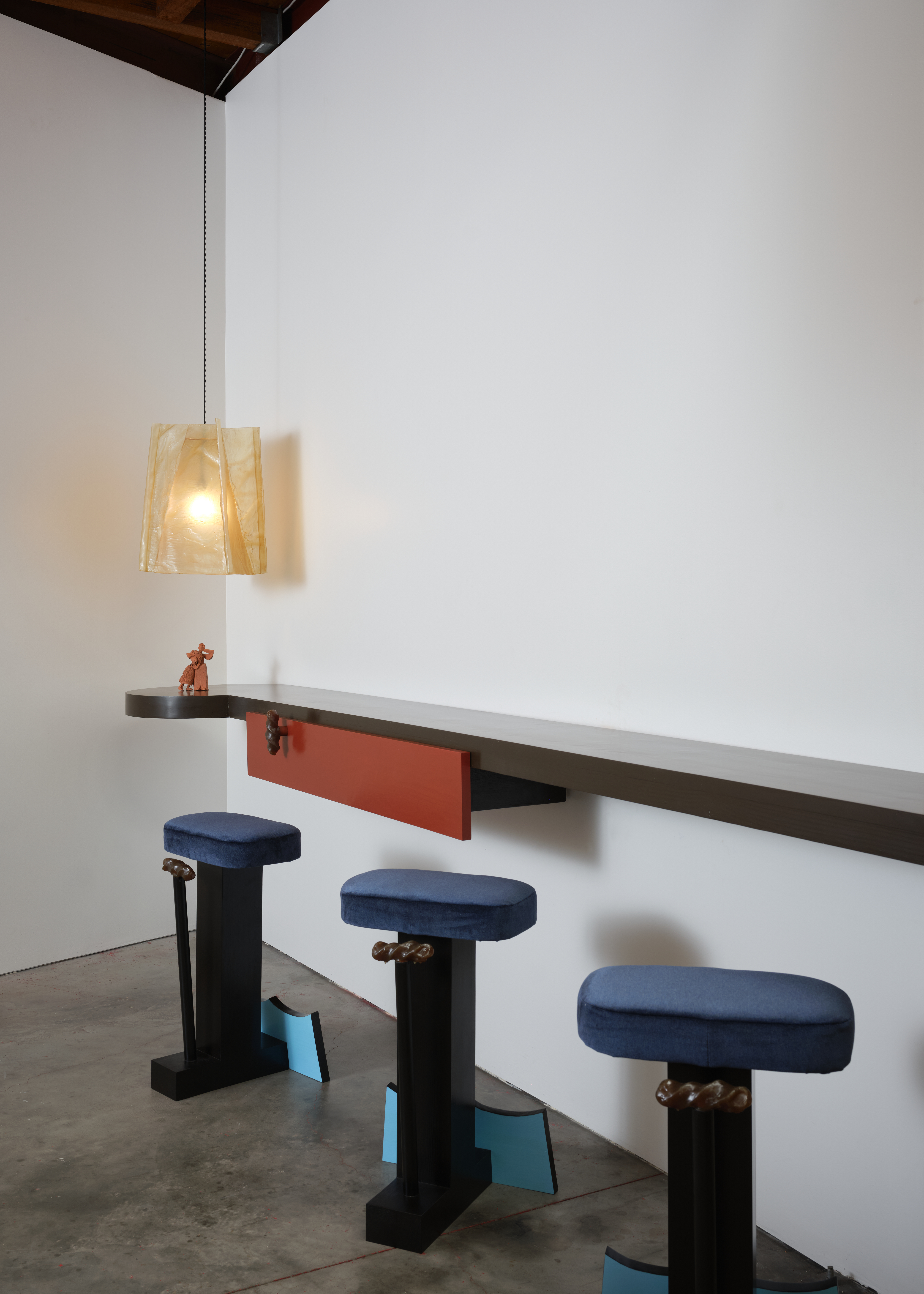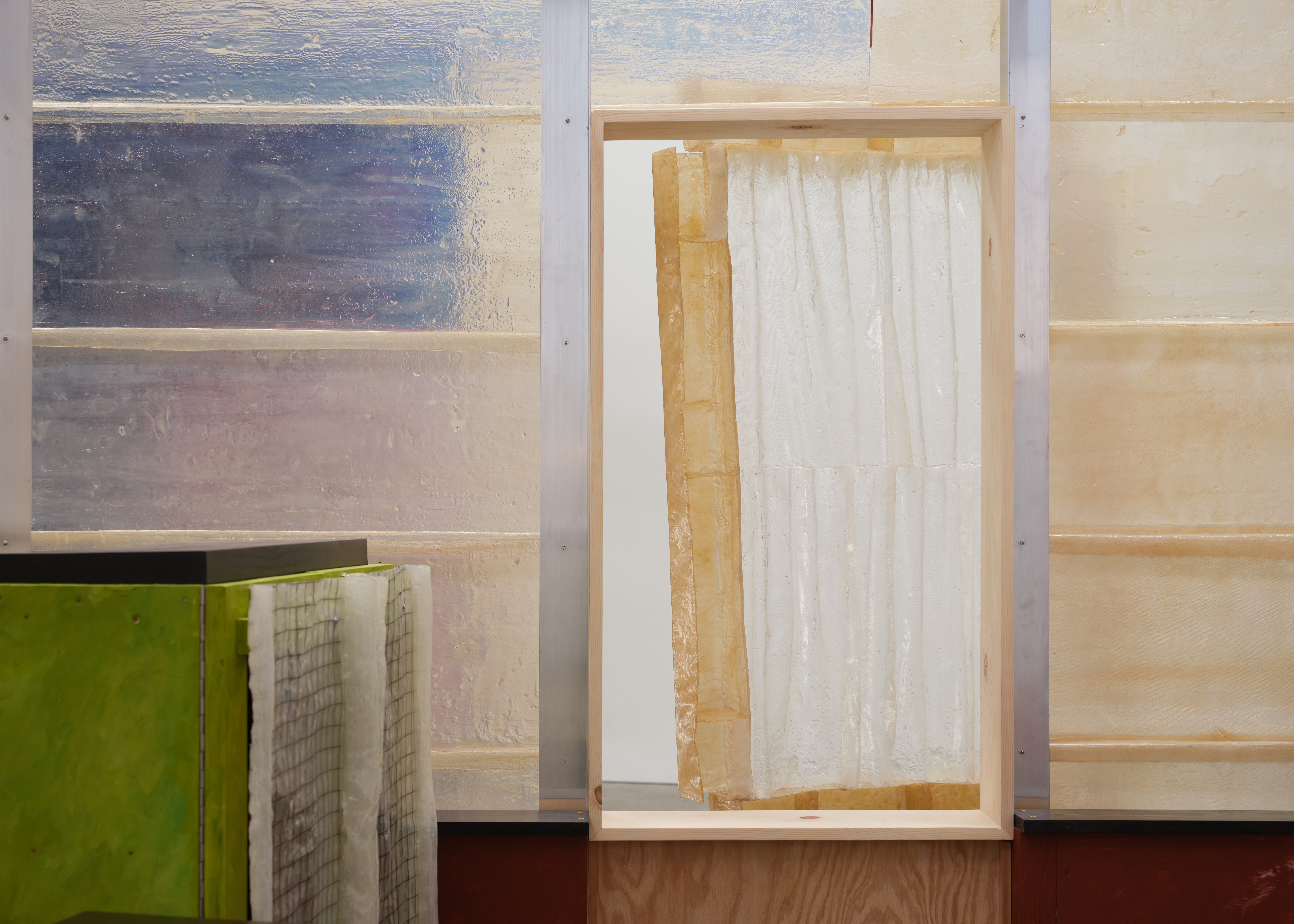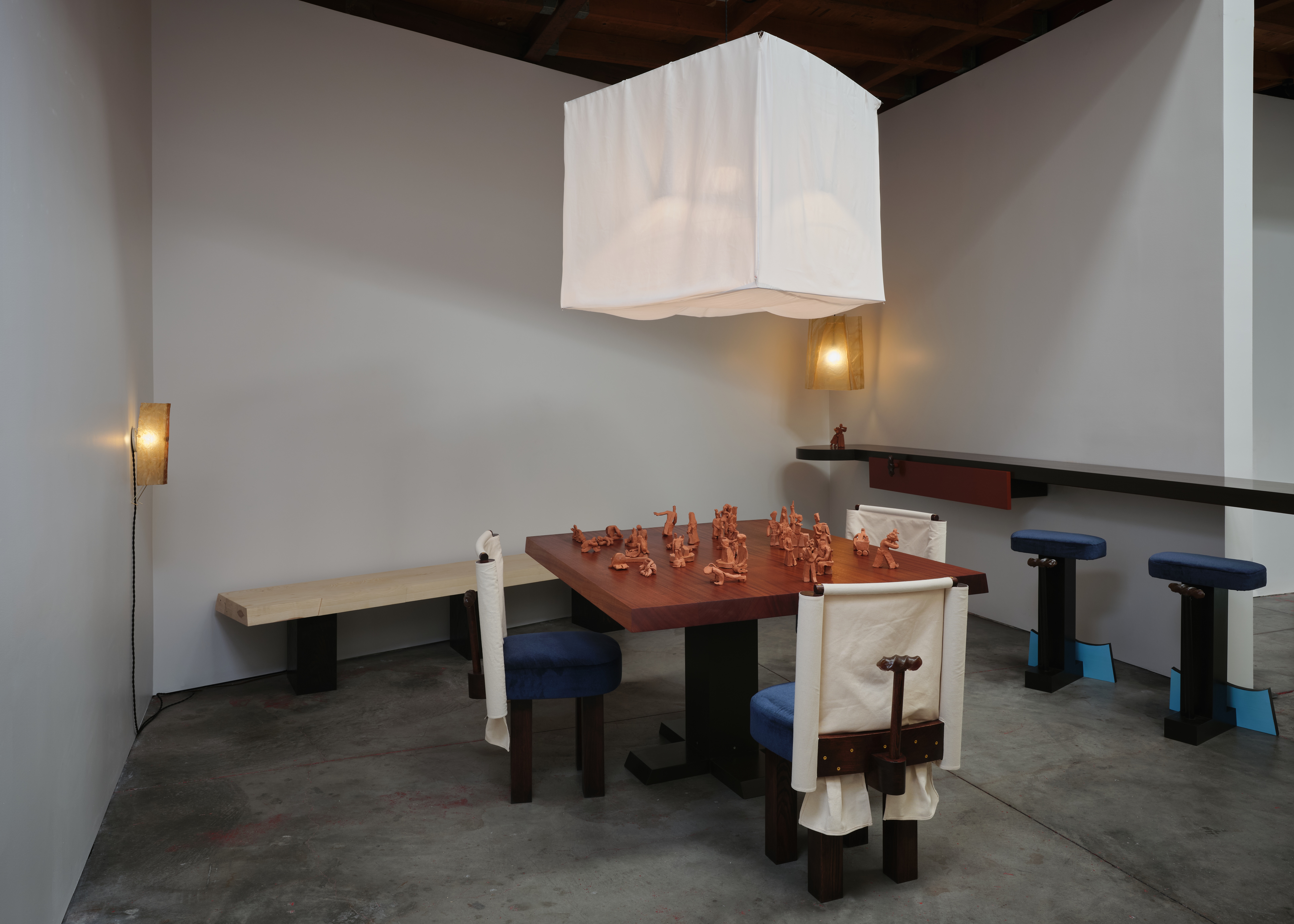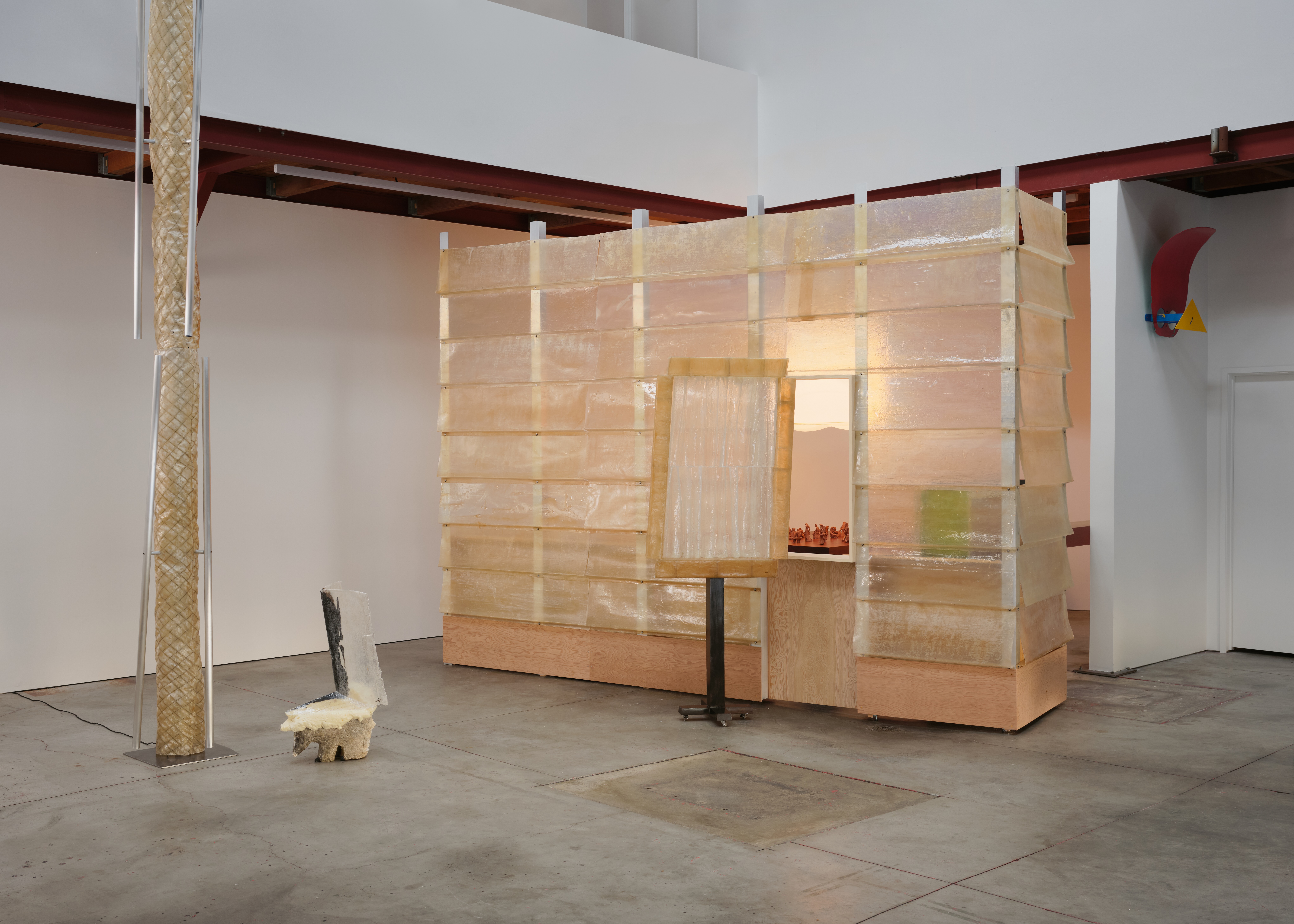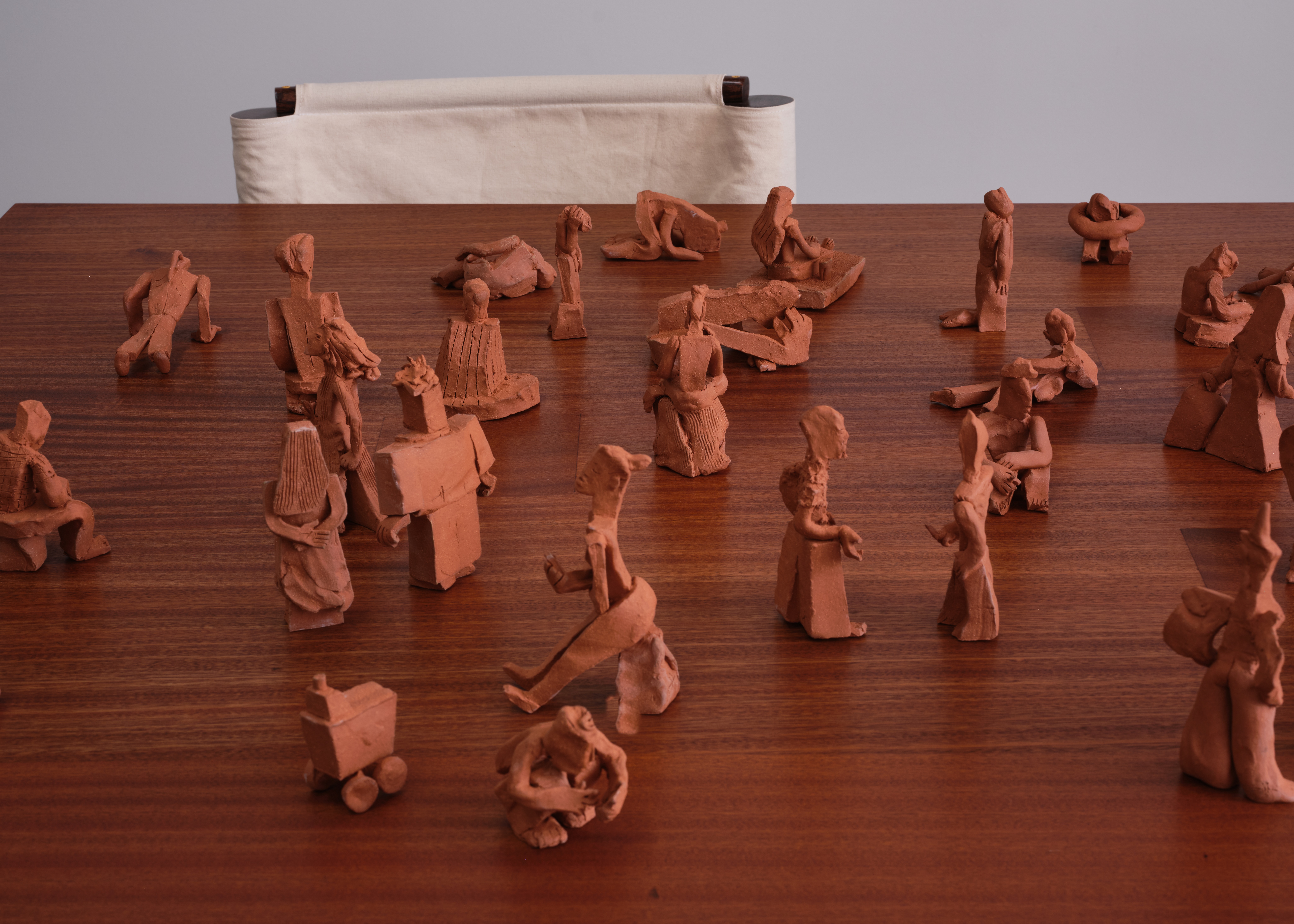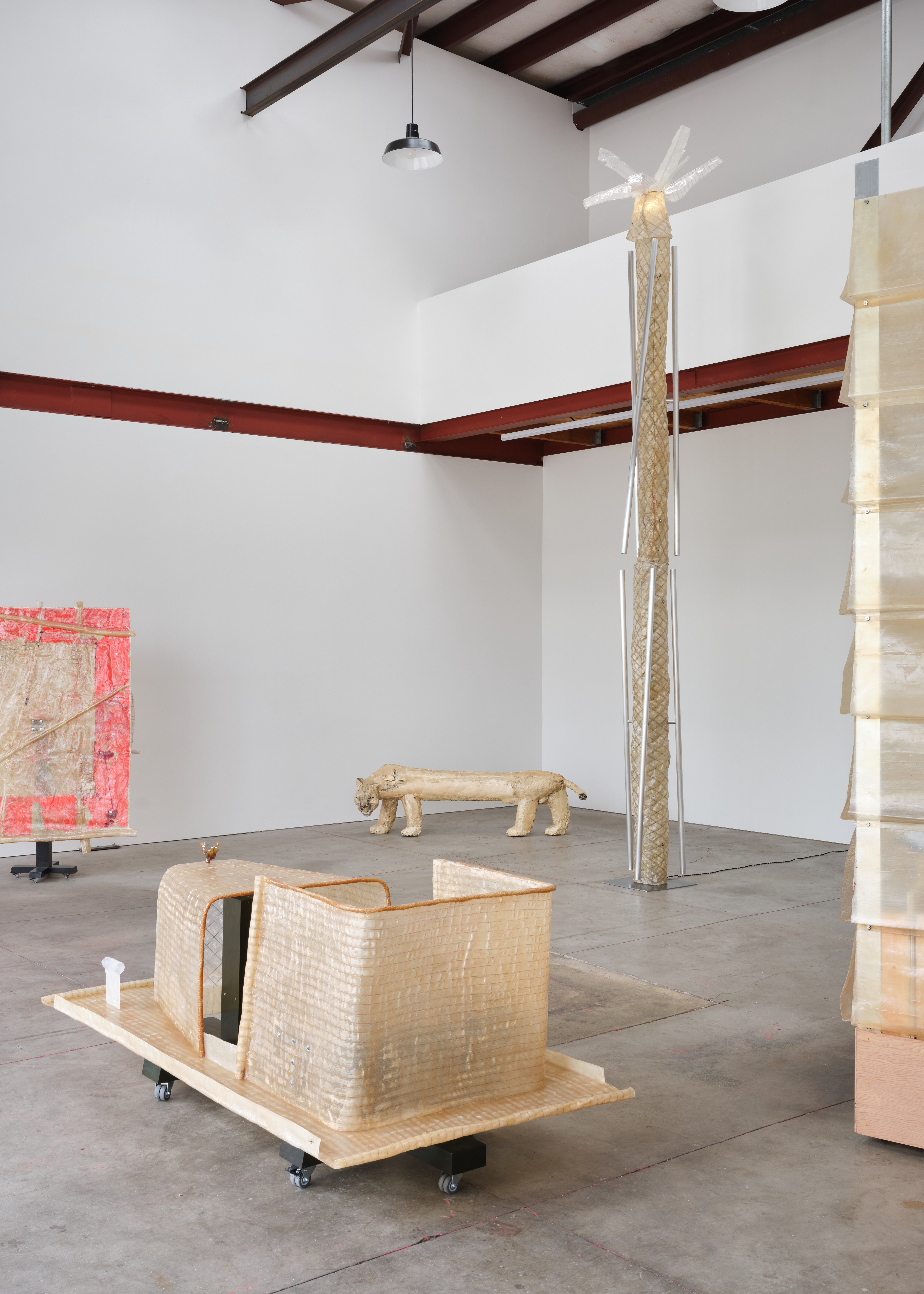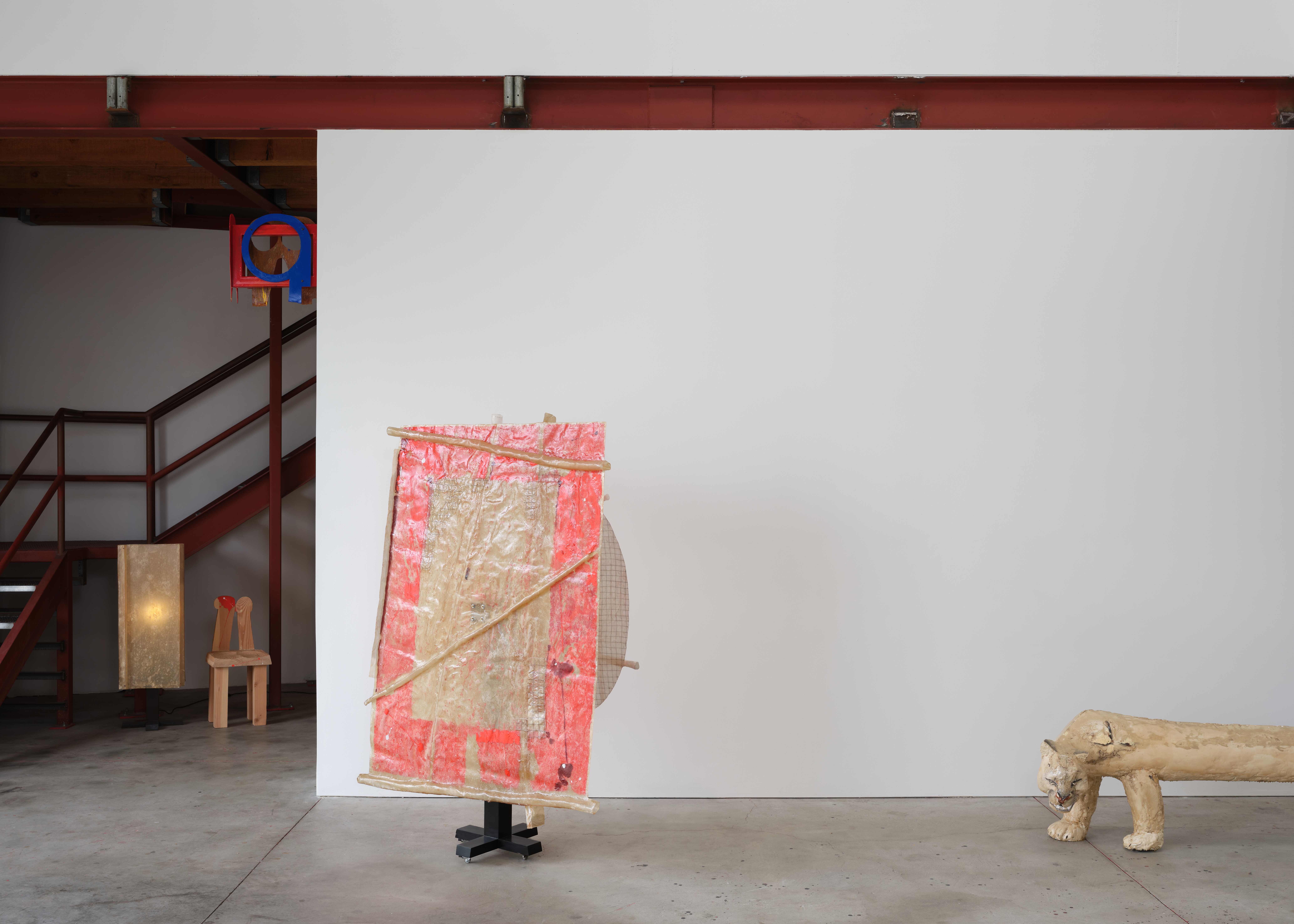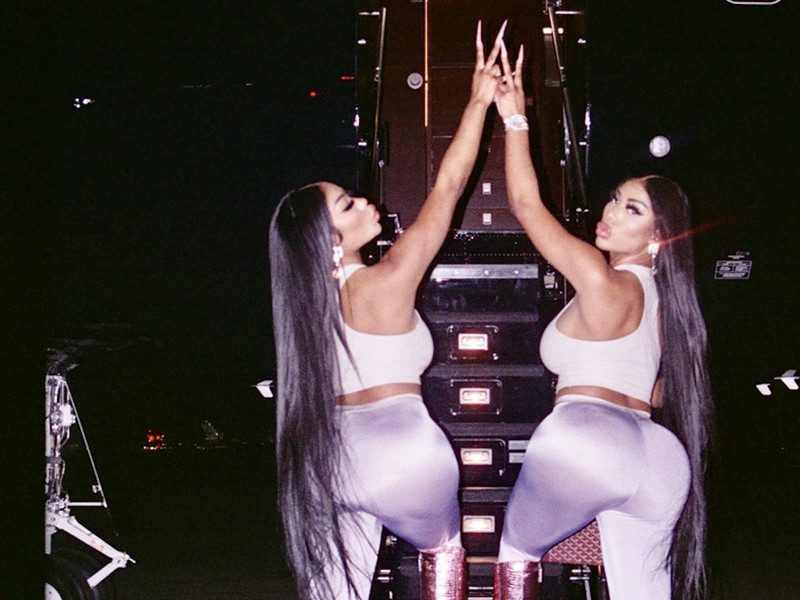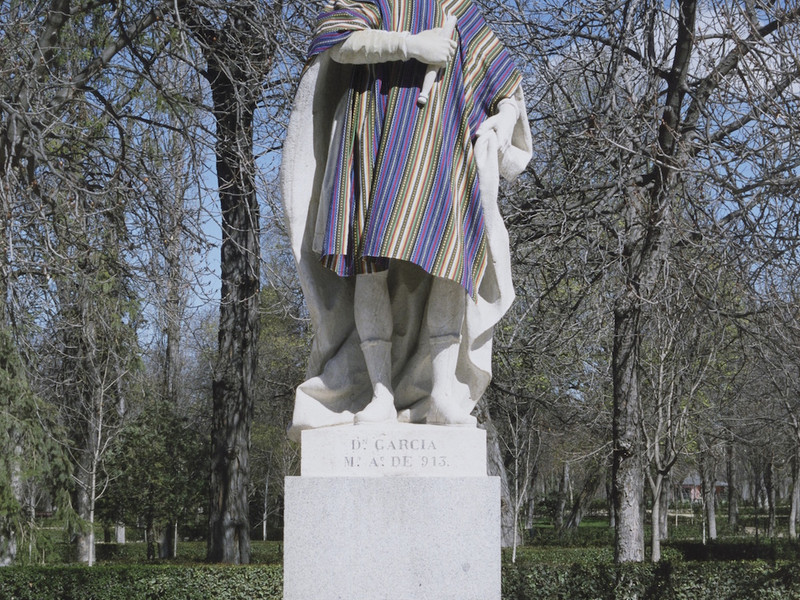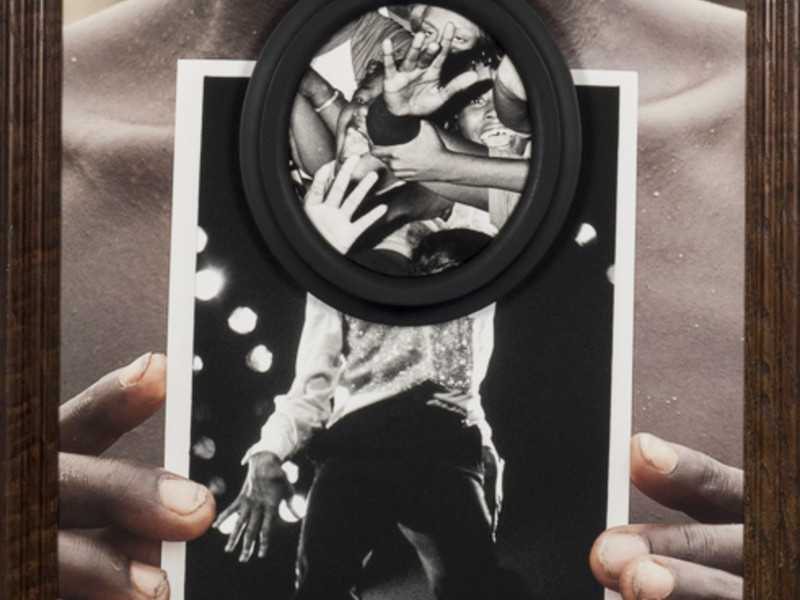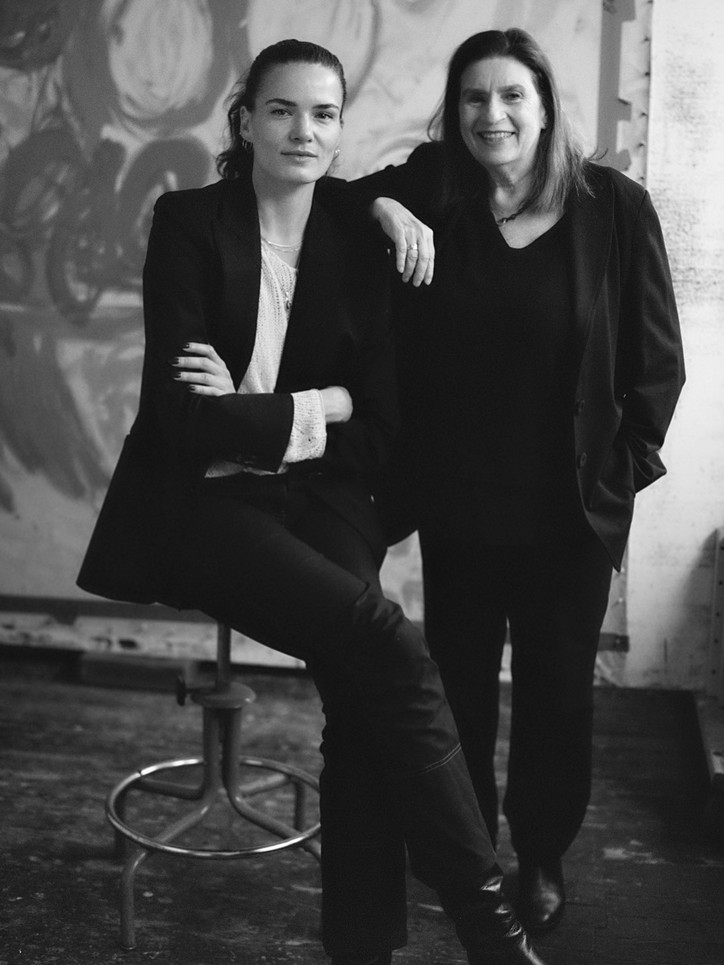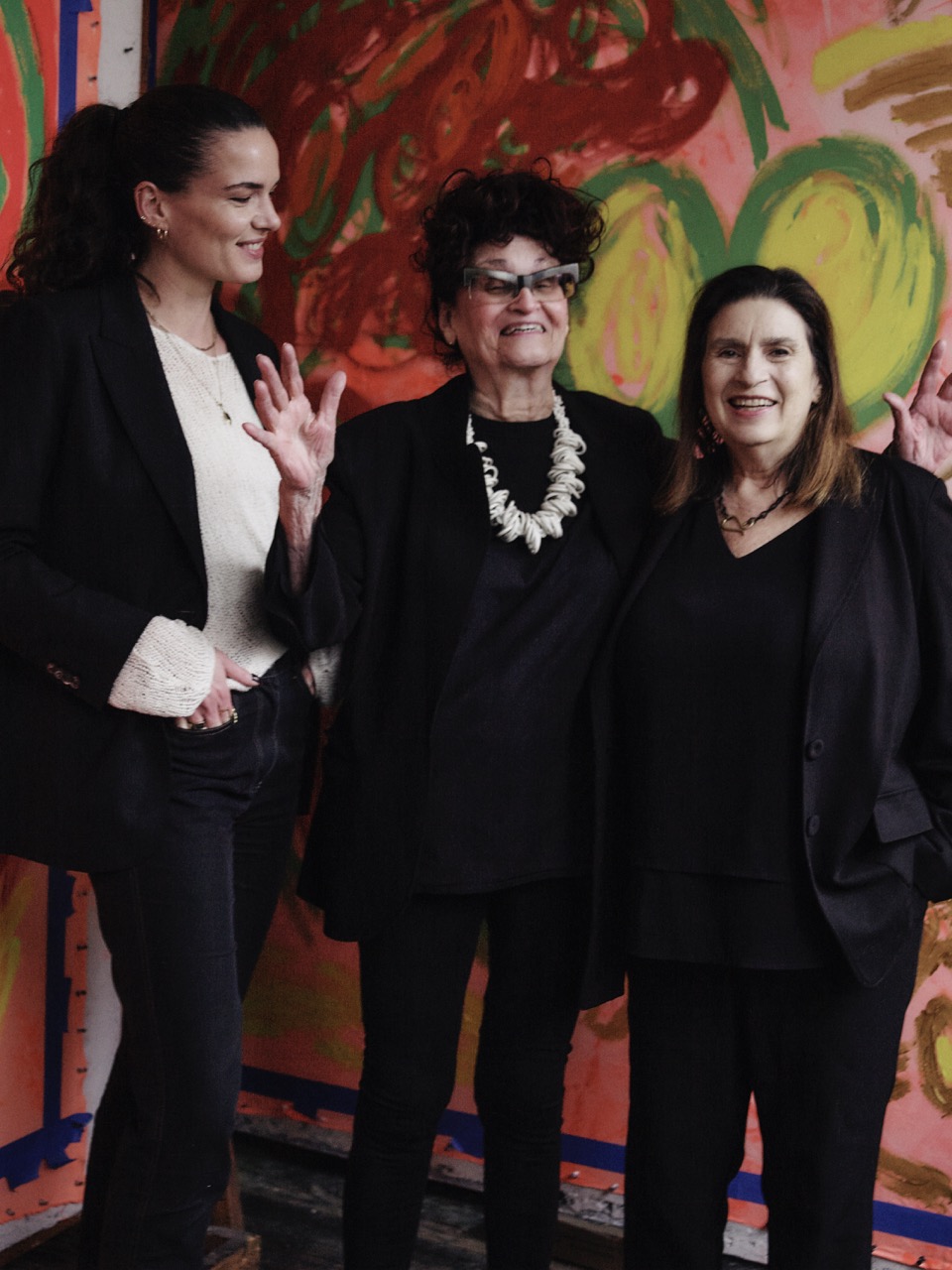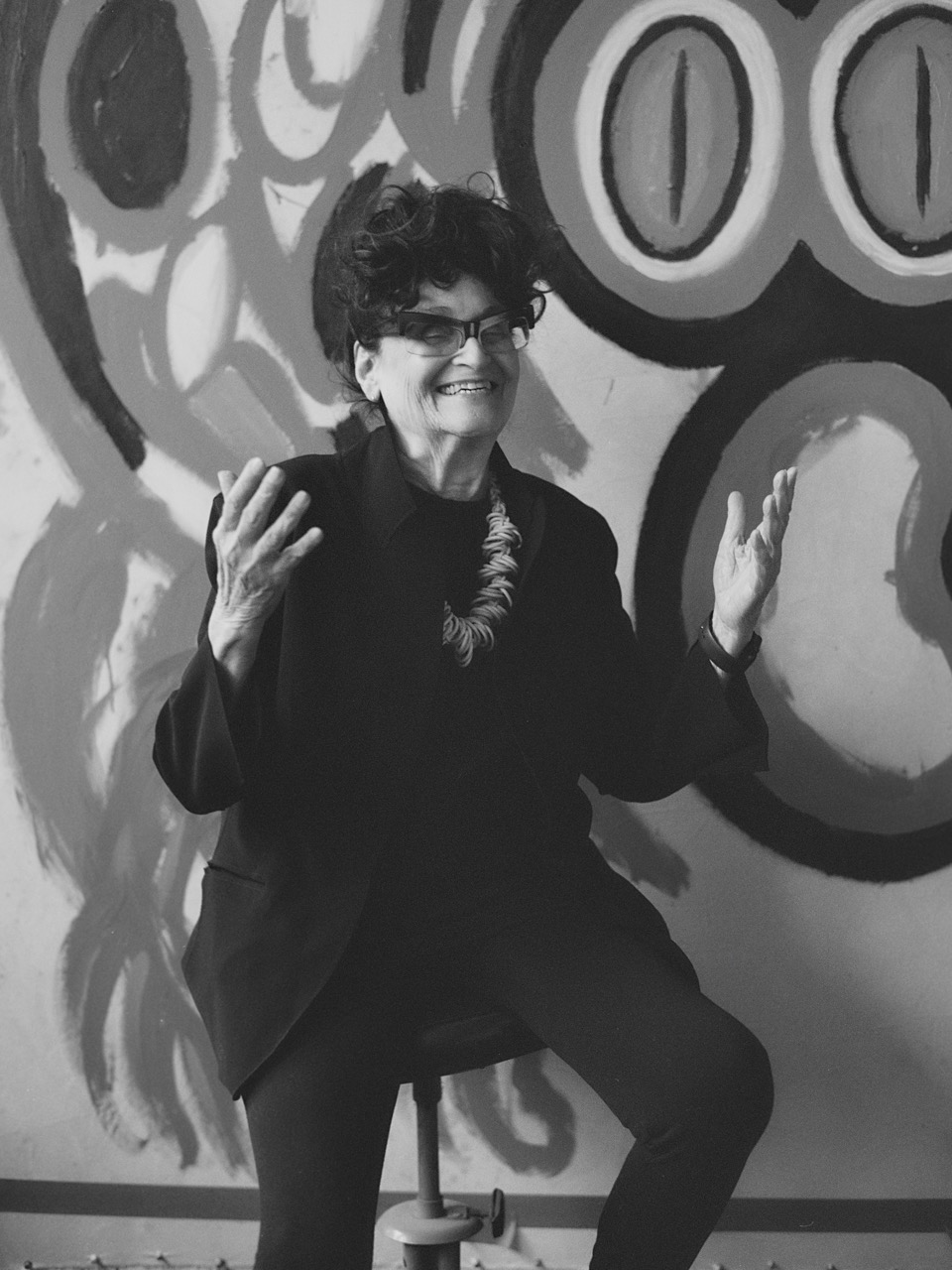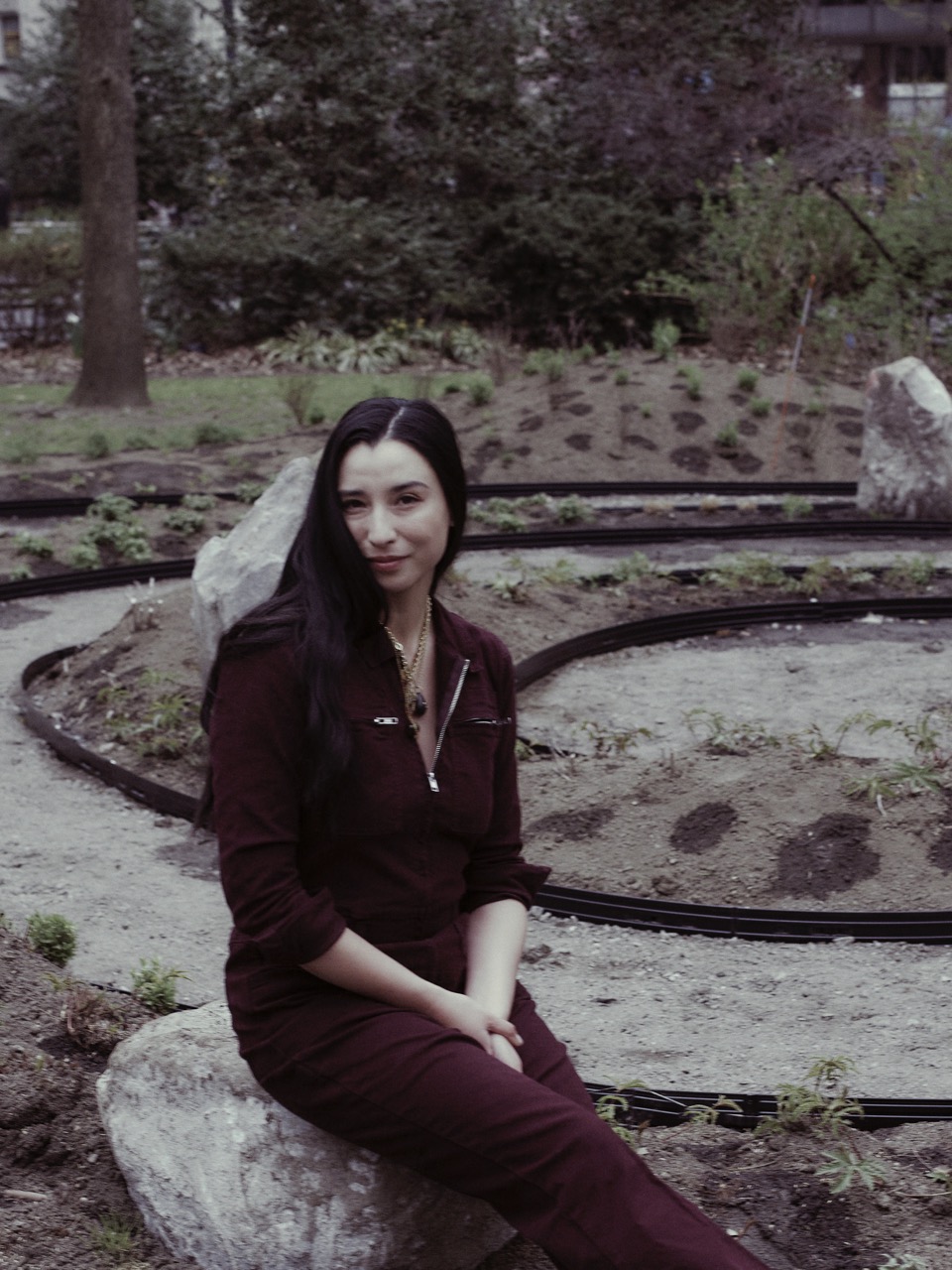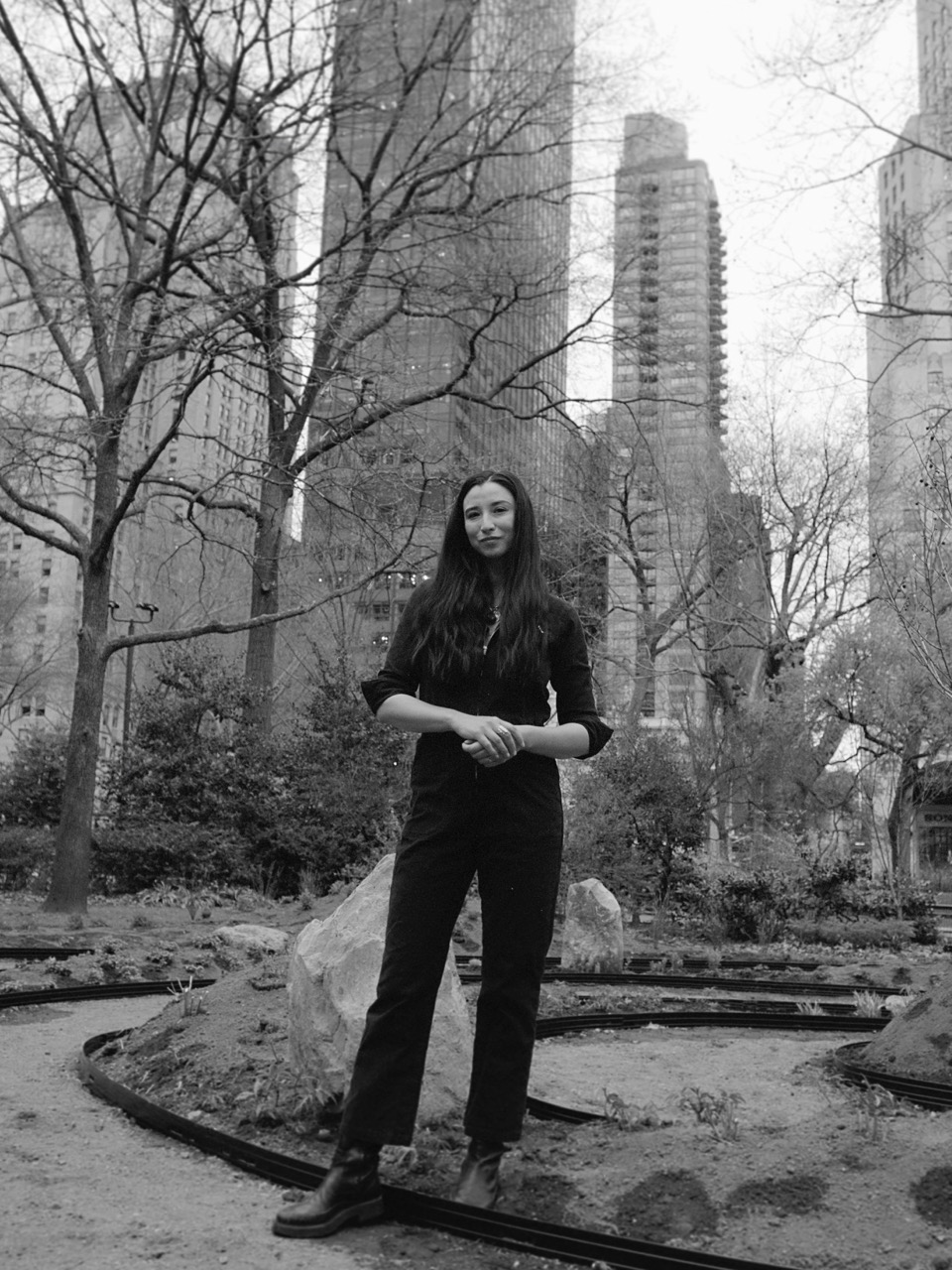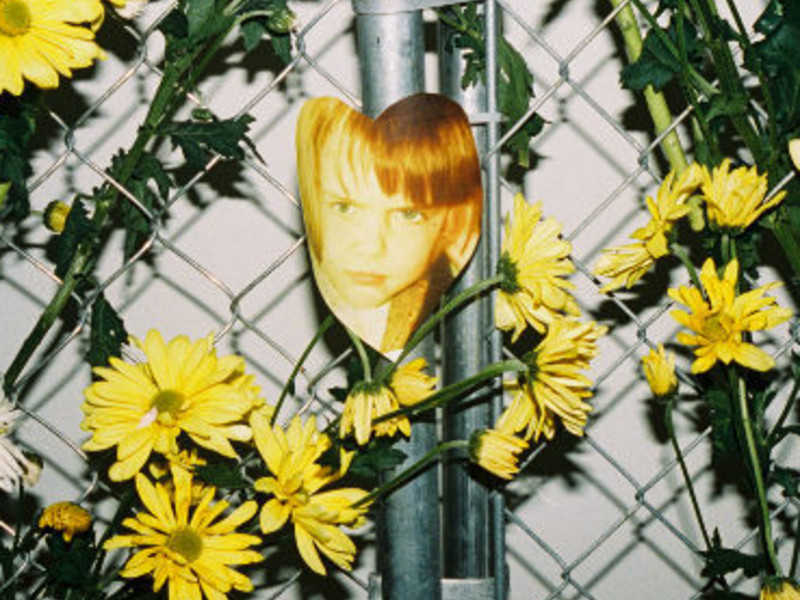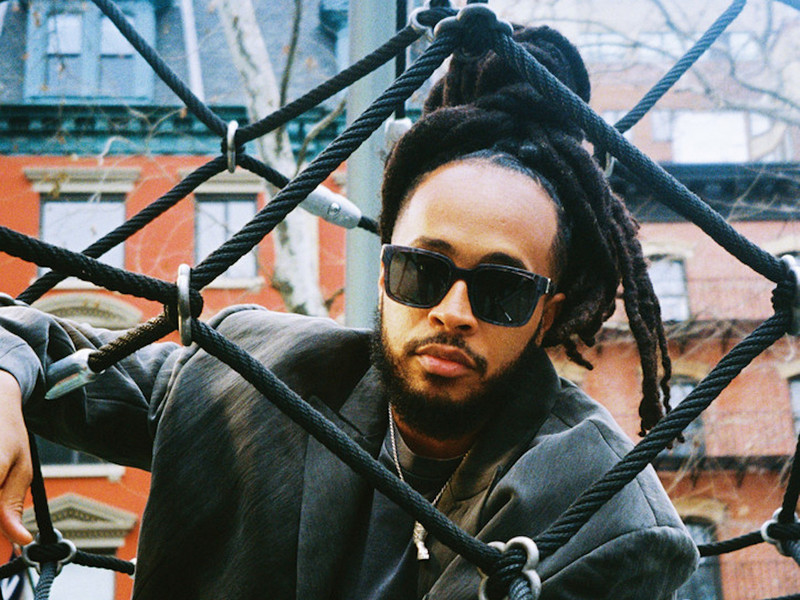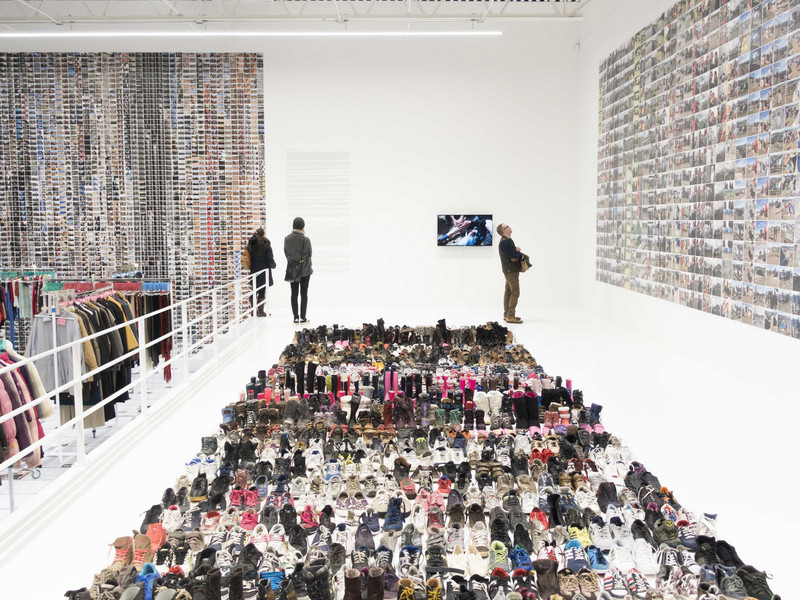Spencer Sweeney: Self-Portraits
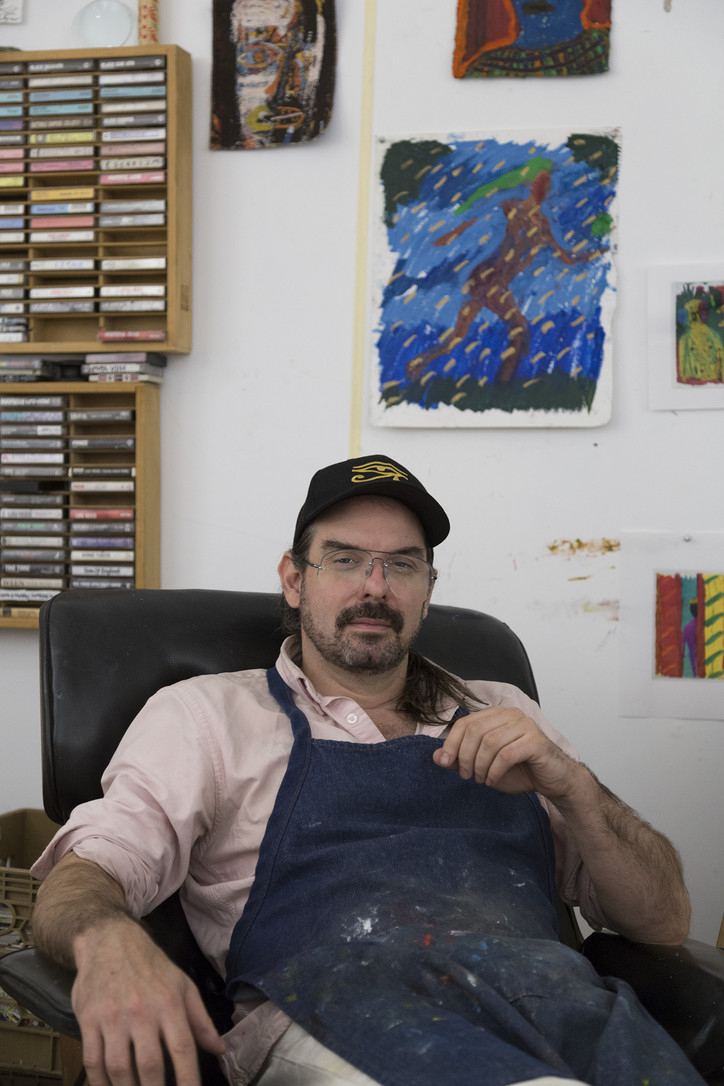
Unlike a lot of other art, in which the act itself can, for a lot of artists, be as powerful as the finished product, a self-portrait offers up equal value at both ends—during, as a process of reflection, and after, as a means of understanding, or in Sweeney’s case, subverting, the ways in which we present ourselves to the world. As a long time figure in the art scene, Sweeney has a history of inserting himself into his work and thus, letting viewers in on that complicated process. With Self-Portraits, however, he proves that it doesn’t really matter how others view us—all that matters is how we see ourselves.
Below, the artist sounds off on his latest solo show, and the biggest changes to the art world over the last two decades (hint: more artists now wear Hood By Air).
You often feature yourself in your work, in one way or another—take your 2010 installation [in which Sweeney moved his living quarters inside a gallery], for example. Why is that important to you?
Self-reference is something that I find almost inescapable in an artwork. The mark made by one's hand is telling. Even if one decides to work in a way that removes the appearance of the artist's hand, that in and of itself is also very revealing. These self-portraits deal with the surface and the emotional interior at the same time, as well as the relationship between self and surrounding environment. The self-portraits are spurred by Kembra Pfahler's idea of availabism—the image of myself was very available.
How do you think this series fits in with your overall body of work?
At times it fits in and at other times it doesn't. How does any of the other work fit in with it? That's how it does and doesn't work. [It’s] a reflection of life.
Since you do work in so many different mediums, in this series, how did the medium—painting—impact your vision and overall process?
Painting is a medium that came to my attention intuitively very early on in my life. The will to paint and draw, play music, dance and cook—[it] all came to me very early, as if they were waiting there for me.
Does your process differ across mediums?
I feel whenever one is engaged in a creative act, be it object related, performing or composing music, cooking, writing or whatever it may be, it has to call upon a certain similar heightened level of sensitivity and perception. Of course, the skill sets will vary relating to the specific act, but the level of sensitivity one must employ seems to be a unifier.
Would you say there's a through-line across all of your work? Are there certain themes you find yourself returning to often, no matter the medium?
Yes, different themes occur and reoccur. It would be interesting to keep a running list of recurring themes—stop at one point and take that shit to your analyst.
How has the art scene changed over the last two decades? I know that’s a broad question, but what are the most noticeable things for you?
It most certainly has changed. Many more artists are wearing Hood By Air than they were 20 years ago.
Your background is in performance art. Do you still see your practice, in some ways, as performative?
Not so much with the same audience-performer dynamic. I do perform with the improvisational music band IUD whenever they want me to. IUD is Sadie Laska and Lizzi Bougatsos, both visual artists and founding members of the performance art noise outfit Actress. We started that project in the late nineties after meeting at American Fine Arts. You might not have heard of us because Colin Deland was our only fan.
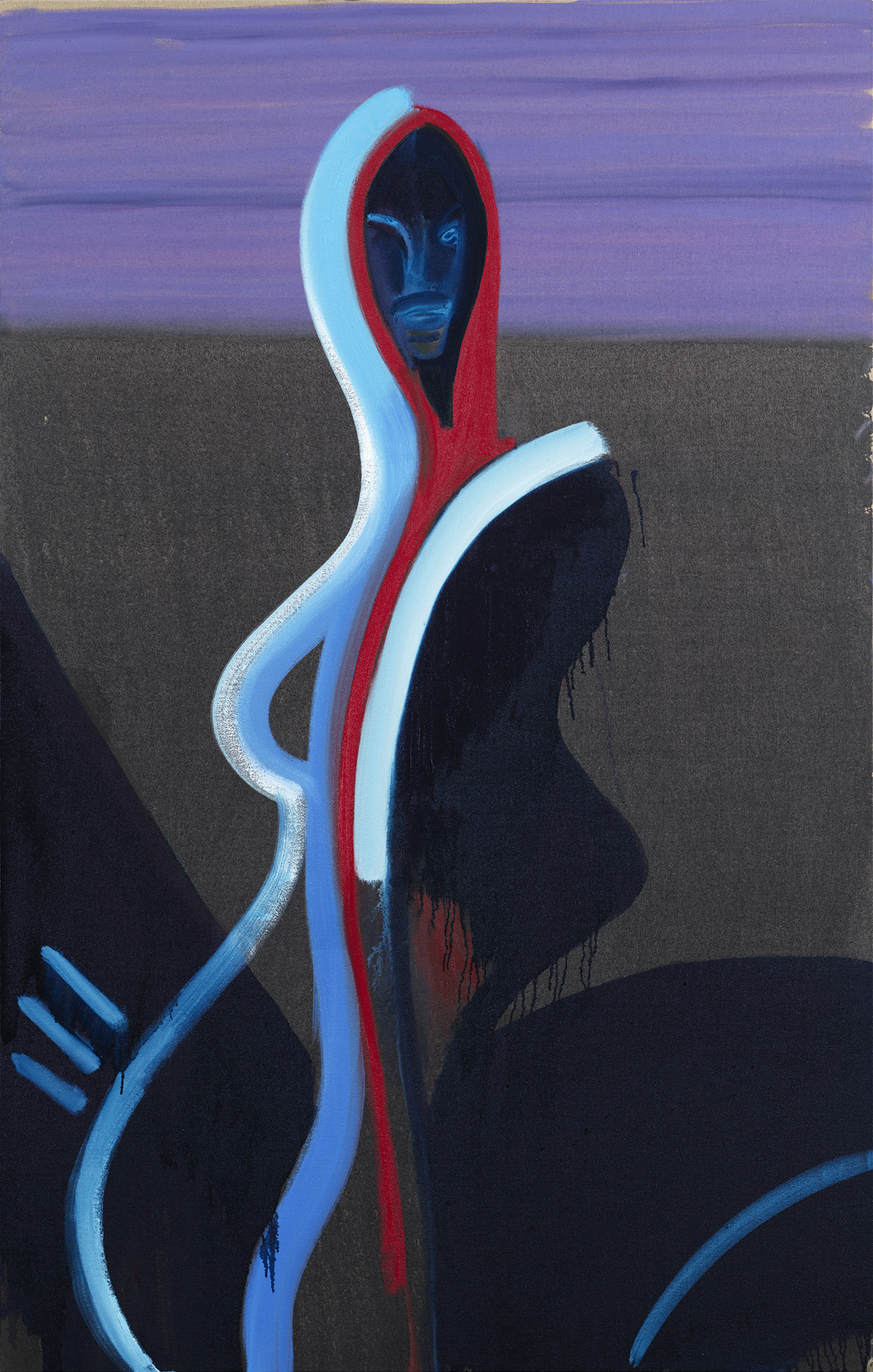
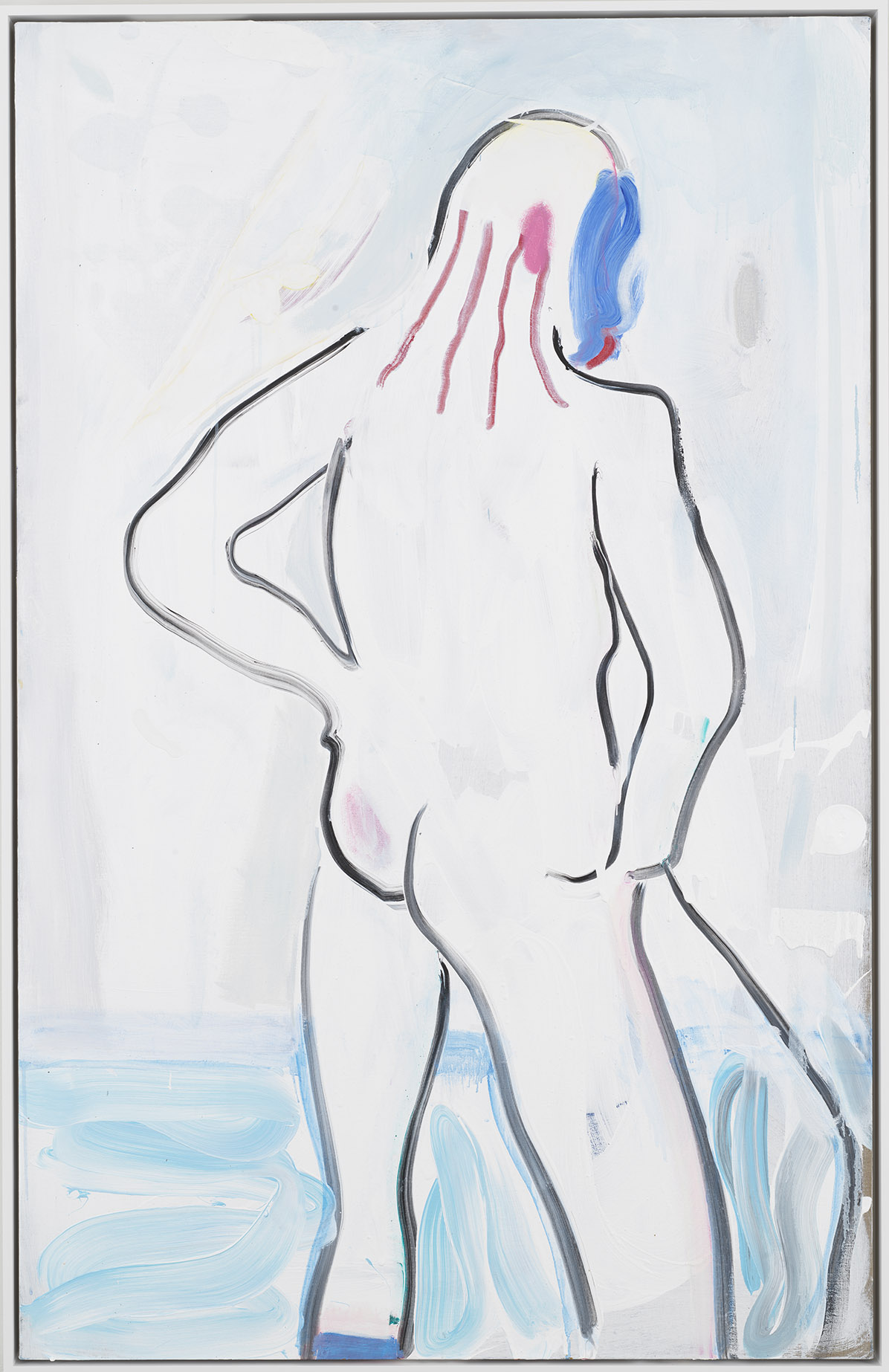
'Sensual Shade' and 'Rouge, Bather,' 2018. © Spencer Sweeney.
You recently collaborated with Urs Fischer on a series called Headz. How was the transition working on such a collaborative piece to focusing on something as solitary as the process of making self-portraits?
Headz was an open studio where people could draw, paint or sculpt whatever they wanted. Initially, the idea of turning the often solitary act of creating art into a shared experience was a focus of the experiment, but as the thing gained momentum, the idea kind of dissipated and became an irrelevant non-issue. So maybe we just blasted that wall. Another important factor was the live improvisational music being played at the same time. When the two of those acts got together in the same room, a chemical reaction occurred and it blew the roof off the joint—the sum being much greater than its parts in this case.
Do you think there’s a power in self-portraiture? In being the one in charge of the way you present yourself—and your image—to the world?
I think there is a power in self-portraiture. Any self-portrait, no matter how successfully or not it's executed, will have a power to it. Sometimes it’s powerful because the artist is in control of how they present themselves, but often it can be powerful because the artist is not fully in control of how they present themselves, no matter how hard they are trying. It's almost as if when you sit down to record your own image another force takes over.
Do you consider your work conceptual?
All artwork is conceptual, although not all conceptual art is art.
Some of the portraits in this series are more abstract, while others are clearly more realistic. Walk me through that decision—does the abstraction serve as a larger metaphor in the pieces, or simply as a visual tool?
It’s simply another day, another feeling; then allowing myself the freedom to follow that other feeling wherever it may lead.
Along those same lines—while some of the portraits are very clearly you, some of the others are totally different; some even look female. What role did gender play in the making of these self-portraits?
I believe that every human being has a feminine side and masculine side. At one point, during early human development, we are very literally both of course. I feel we are still both, but somewhere along the line, fear of the other enters the picture. This fear of the other is the root of most of the problems the human race suffers—misogyny, racism, classicism, you name it. My self-portraits take on female characteristics at times because that's the way I am feeling and that's how I understand myself and human beings to be.
Do you think all art is introspective in some way? Or does the act of creating self-portraits incite that feeling of self-reflection?
That's an interesting question. You might think that there is a moment of introspection before anyone starts a creative act, but you can also imagine that it could happen without any self-awareness whatsoever. I have no way of crawling inside of everyone’s head to figure this out. For me, the act of creating a self-portrait is most definitely introspective and self-reflective, as I am often looking at a reflection of myself in the mirror.
Was that process cathartic for you?
I understand the creative process to be inherently cathartic. The creative process seems to have a dramatic arc similar to that of a Greek tragedy. There is always a certain amount of pain involved as you embark upon this kind of challenge, often finding yourself navigating through the murky waters of self-doubt and repeated failure as you reach either resolve or catastrophe. If you make it through, then catharsis.
'Self-Portraits' is on view now through December 22 at Gagosian New York.
All photos by Robert McKeever; courtesy of Gagosian.
